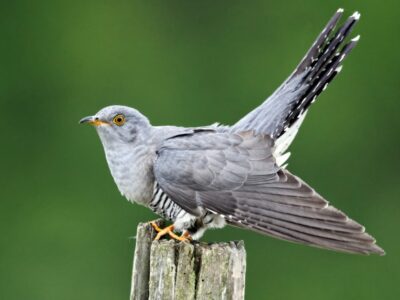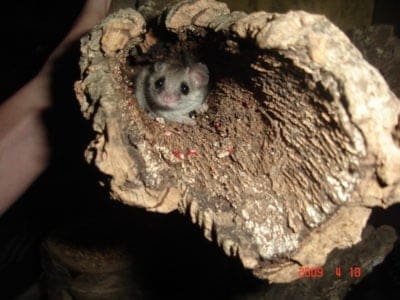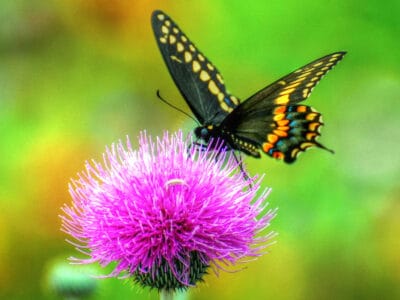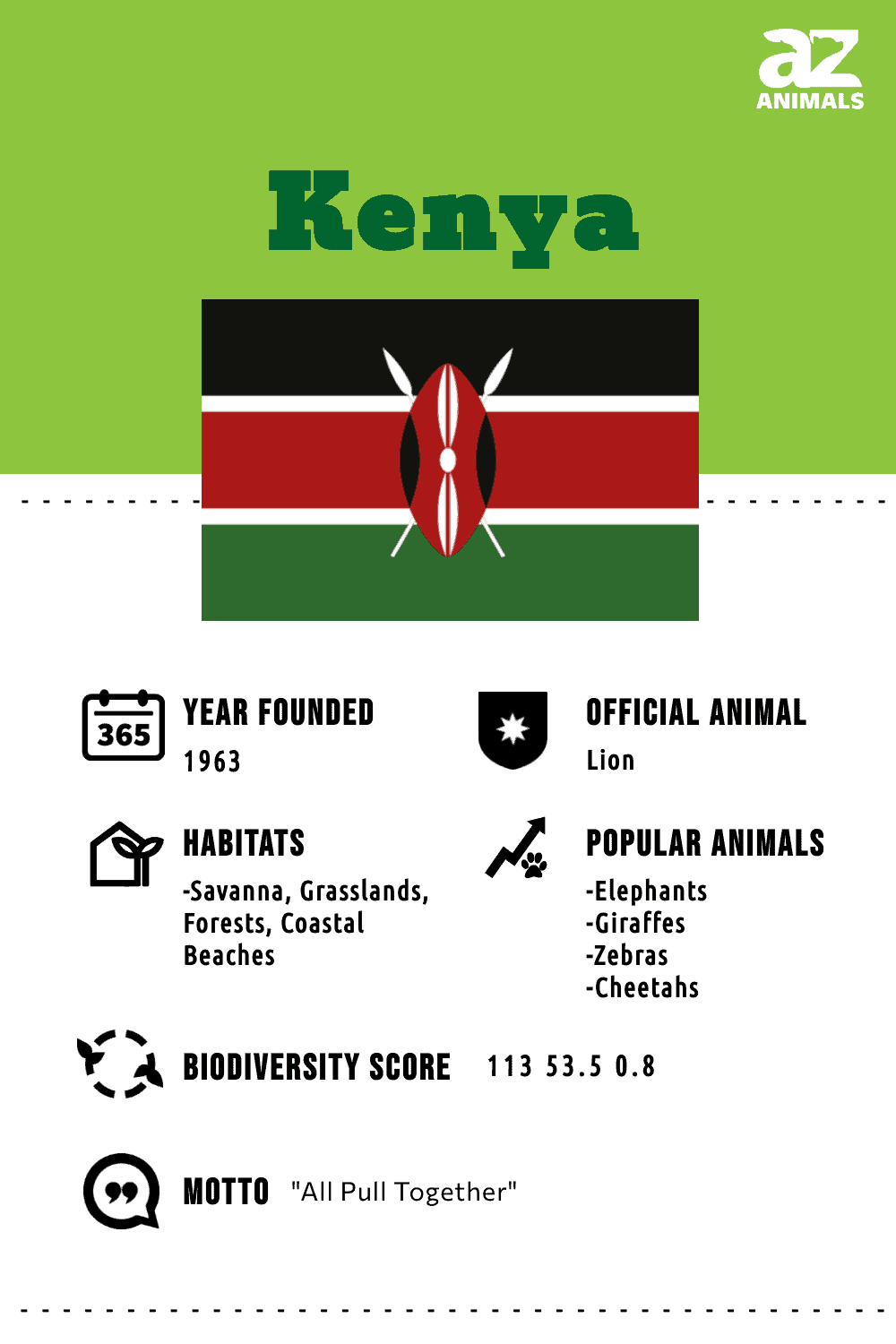
Below you can find a complete list of types of animals in Kenya. We currently track 272 animals in Kenya and are adding more every day!
Like many countries in Africa, Kenya is abundant in mammals, birds, fish, reptiles, amphibians, and insects. Many iconic wildlife species of Africa are native to Kenya, including lions, hippos, elephants, buffalo, zebras, and giraffes.
The country lies in east Africa, meeting the Indian Ocean on one side, so marine animals constitute a portion of the wildlife found in the country. Kenya borders Tanzania on the southwest, Uganda on the west, and to the north lies at least part of South Sudan and Ethiopia, and the east, Somalia. One of the many reasons to visit Kenya is to see its amazing and unique wildlife up close while on safari. Read on for more facts about Kenyan wildlife.
The Official National Animal of Kenya
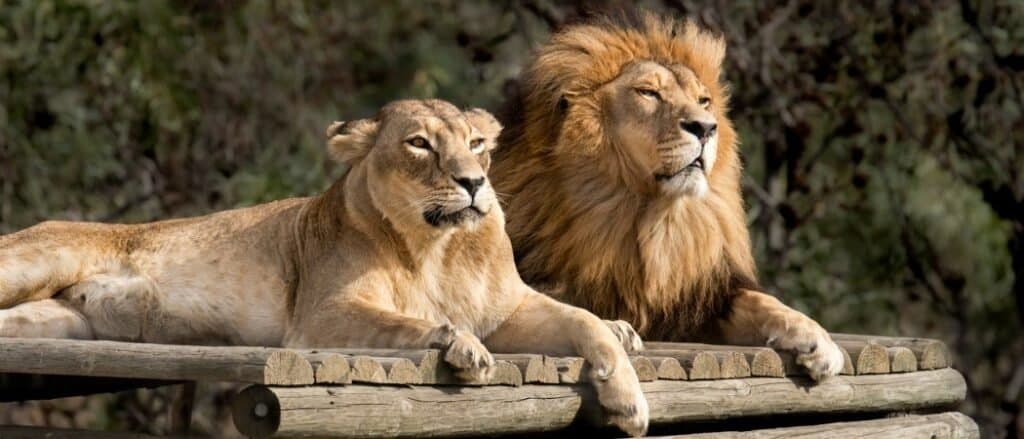
The African lion is Kenya’s national animal.
©iStock.com/Shawn Levin
The national animal of Kenya is the East African lion, Panthera leo melanochaita, whose cinematic roar and lush mane make it a regal, magnificent sight. It is one of the “Big Five” game-hunting species that was popular for Victorian era hunters before regulations were put in place to preserve these precious creatures. However they are now poached illegally. These activities along with habitat fragmentation and loss have resulted in the endangerment of East African lions.
Birds in Kenya
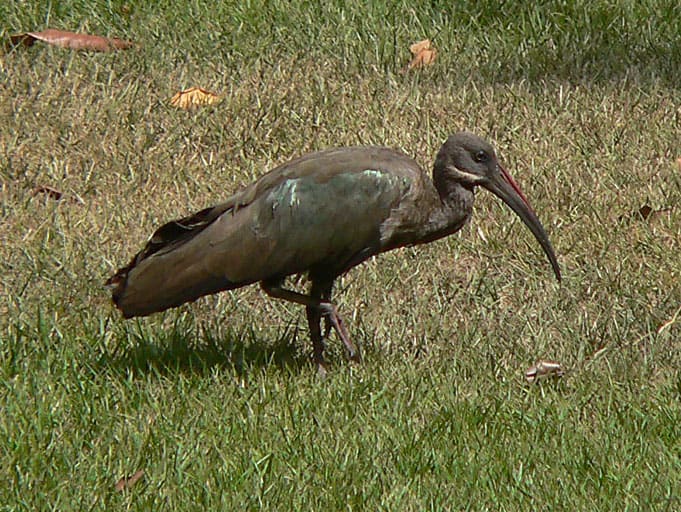
Hadada ibis is one of Kenya’s most distinct birds due to their long, curved beaks.
©Christiaan Kooyman – Public Domain
When people think of Africa they immediately picture savannah plains and big game animals roaming through the sparse acacia trees. However, African countries each have their own unique and differing environments, ranging from rainforests to plains to deserts to forests, even varying within countries.
Kenya is a perfect example of a multi-environment country with mountains, forests, rainforests, plateaus, and even coastal regions. All of these areas provide shelter to multitudes of bird species, drawing in birdwatchers worldwide. National Parks and other protected wildlife areas are great areas to look for rare and exciting birds. Listed are some of the most sought after species and where to find them:
- Maasai Mara – Rosy-throated long claw, magpie shrike
- Samburu – Rare shining sunbird, pink-breasted lark
- Nairobi – Northern pied babbler, Pangani long claw
- Mt Kenya National Park – Olive ibis, montane white-eye
The best time of year to visit Kenya for birdwatching is July and early August to catch the migration of thousands of birds across the Mara River. Otherwise, it is best to go during the rainy season of April-May when bird species are more prominent or around November and December for breeding.
The National Bird of Kenya
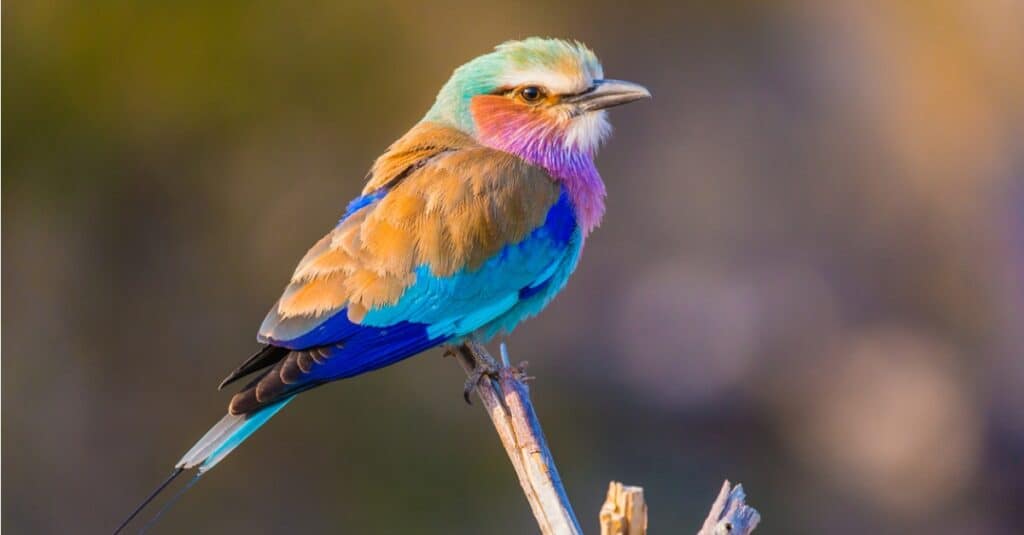
The lilac-breasted roller has vibrant, multicolored feathers.
©iStock.com/TrevorFairbank
The national bird of Kenya is the lilac-breasted roller (Coracias caudatus). The lilac-breasted roller gets its name from the rolling and diving performed during courting rituals. This stunning bird has vibrant iridescent feathers which represent Kenya’s beauty. Wings of the roller showcase a mix of dark purple and a dramatic blue with black-tipped turquoise feathers, while the lower body and their breast are lilac in color.
Fish in Kenya
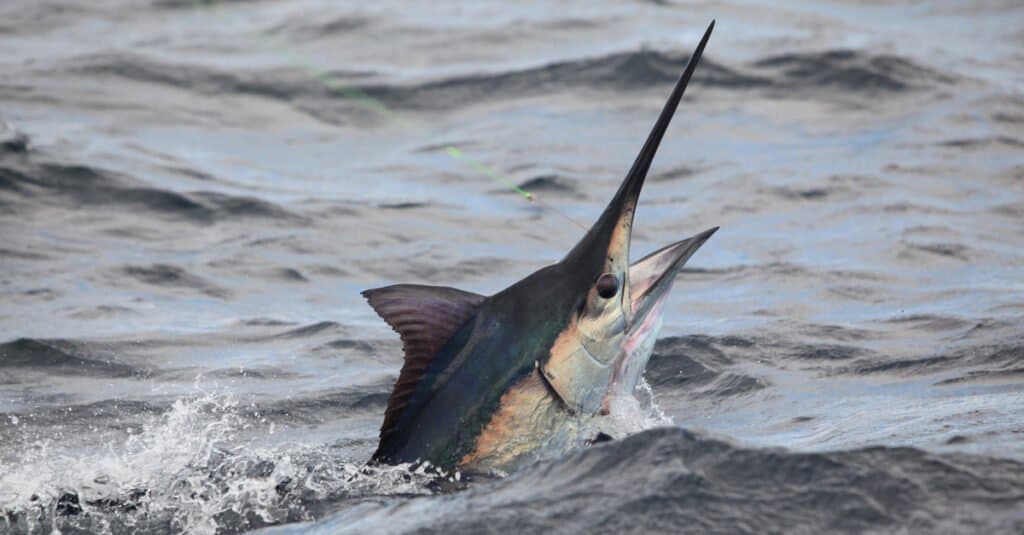
Marlins can grow to be quite large, up to 300 pounds!
©Al McGlashan/Shutterstock.com
Not only is Kenya known worldwide for the wildlife that roams its lands but also for its beautiful coastline and the marine wildlife of its waters. The vast, blue Indian Ocean meets 400 miles of coastline in the country, providing one of the continent’s largest coral reefs, home to brilliant marine. Snorkeling, diving, and water sports are popular along this reef, however, big game fishing off this coast is world-renowned. Species sought after include:
Some popular destinations for fishing are Mombasa, North Kenya Banks, and Shimoni. Freshwater fishing is also available in the mazes of rivers and lakes within Kenya. Rainbow and brown trout thrive in these waters and fishing on the mainland can prove a good way to spot land-dwelling wildlife as well as the beautiful landscapes of the country.
Snakes in Kenya
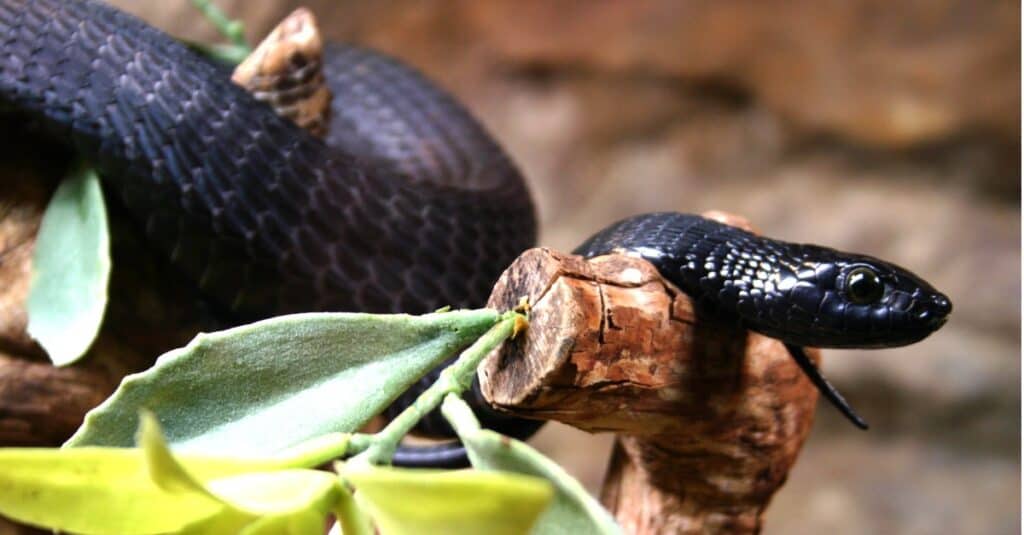
Black mambas are both terrestrial and arboreal.
©iStock.com/Nicole_Marschall
Kenya is a fantastic place to visit for seeing wildlife and visiting incredible National Parks and protected areas. Animals within the country, while majestic, are wild and should not be interfered with, as they can be quite dangerous. This includes certain reptile species, like snakes. A whopping 171 species of snake live in the country, a handful of which are venomous. Found throughout the various landscapes of Kenya, here is a list of the most dangerous snakes:
- Puff Adder – Outranking the Black Mamba as the deadliest snake in the country is the Puff Adder, as it is responsible for most human fatalities here. Well camouflaged, these snakes can kill an adult with one bite.
- Black Mamba – This snake species needs no introduction, as it is well known throughout the continent of Africa as one of the most dangerous creatures. Black mambas get their name not for external color but for the jet-black interior of their mouths, which open in an attack. They are highly aggressive and can reach about 12 mph.
- Boomslang – Known to reside high in trees, these elusive reptiles can cause some serious damage to the human body with their venom, preventing blood clots and leading to internal bleeding.
- Cobra – Four species of cobra reside in Kenya, including spitting cobras. The most menacing of the species is the Large Brown Spitting Cobra, known to grow 15ft in length.
Puff adders tend to be the cause of most snake bites in Kenya as many people tend to step on the camouflaged snake during the day and especially at night. The venom is cytotoxic, leading to very unfortunate side effects and pain and spreading quickly. If bitten by any snake, it is important to seek medical attention to prevent allergic reaction or infection, a large reason why people die from snake bites regardless of toxicity.
The Most Dangerous Animals In Kenya Today
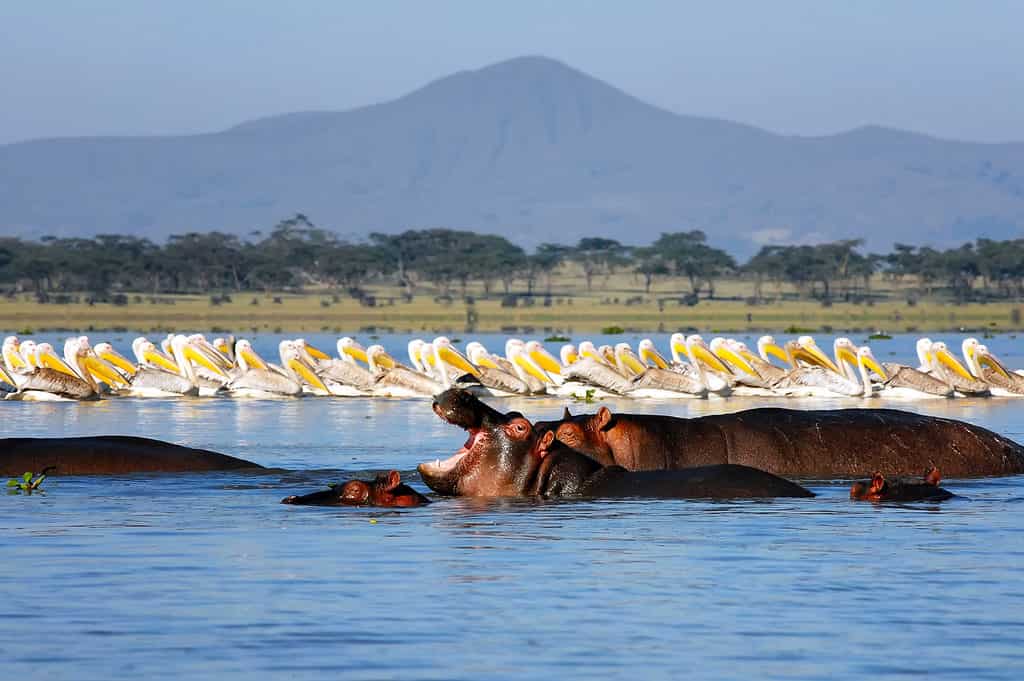
Hippos are some of the most aggressive animals in Kenya.
©Kirill Skorobogatko/Shutterstock.com
Some of the most dangerous types of animals in Kenya include the Big Five. They are the lion, the leopard, the elephant, the rhinoceros, and the buffalo. These beasts were considered the most dangerous to take down during hunting safaris. Now they are among the most popular during sightseeing safaris, but they’re still formidable. Here are some facts about them:
- Hippopotamus — Many people mistakenly believe this aggressive and territorial semi-aquatic animal would be easy to evade when it gets angry, but it’s not. Between 500 and an astonishing 3000 people are killed every year by hippopotami. Being in the water is no protection, for the animal is fond of capsizing boats and attacking people who fall into the water.
- Nile crocodile — This animal kills between 175 and 469 people every year. Since humans are on the menu for this huge reptile, it’s safe to assume that some of them are eaten.
- African buffalo — The African buffalo is responsible for about 200 human deaths every year, either through goring or trampling.
- Mosquitoes — The lowly mosquito is a vector for several dread diseases, with malaria being pre-eminent among them. About a million people die of the disease every year.
The Largest Animal in Kenya
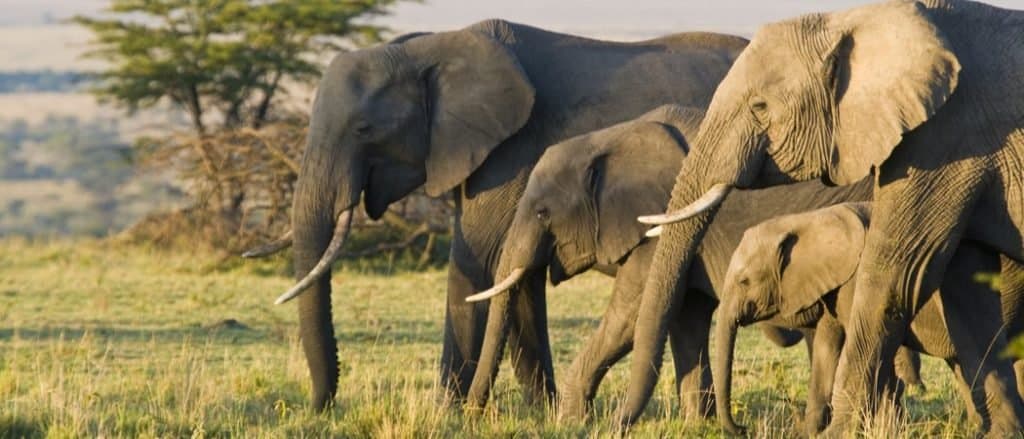
African elephants are the largest land mammal and the biggest creatures in Kenya.
©Andrew Linscott/Shutterstock.com
The largest animal in Kenya is the African bush elephant. These massive animals can weigh up to 12,000 lbs, and stand 10 to 12 feet tall on average. They use their long, flexible trunks to graze on vegetation from the treetops as well as a faucet to bathe and drink water. Elephants’ tusks which are an important tool for them to dig, fight and defend themselves, are also a target for poachers who will kill elephants in order to sell their tusks for illegal use as ivory. While the Kenyan government has cracked down intensely on poaching in an effort to protect local elephant populations, the most persistent ivory smugglers still find a way to sustain their $23 Billion global black market.
Zoos in Kenya
Zoos and museums exist in Kenya for the purpose of public and visitor education and wildlife protection. Breeding and rehabilitation services are also in place at some of these establishments, as well. However, the best places to see wildlife in their natural habitats is through what locals call “safari,” literally meaning a journey, through National Parks, Wildlife Management Areas, Game Reserves, and other protected areas. This way visitors can experience how animals are in the wild versus seeing them behind glass enclosures. Some of the most popular places to visit include:
- Nairobi National Park
- Meru National Park
- Sibiloi National Park
- Amboseli National Park
- Tsavo National Park
- Hell’s Gate National Park
- Chyulu Hills National Park
- Aberdare National Park
Reserves include the famous Maasai Mara, Buffalo Springs National Reserve, Shaba National Reserve, Shimba Hills National Reserve, and Lewa Downs, which is actually a conservancy where visitors can see the black rhino, an animal native to Kenya and so highly endangered that it is on the verge of going extinct. Lewa Downs is also the home of Grévy’s zebra, which is considered endangered. The Kenyan Wildlife Service manages these parks and reserves.
Endangered Animals In Kenya
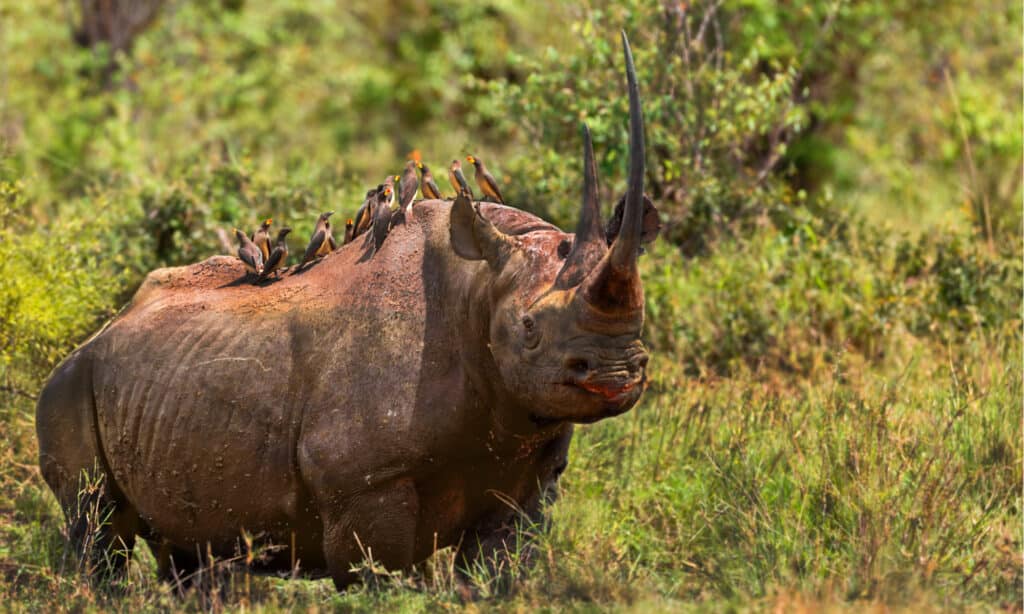
Black rhinos are some of the most endangered animals in Kenya.
©Maggy Meyer/Shutterstock.com
Like everywhere else, Kenya has its share of endangered creatures. Some are in such trouble that without the strong conservation efforts provided by the Kenyan Wildlife Service, they would probably be extinct. They include:
- Black rhino. This majestic and unique animal is critically endangered, and the western black rhino was classified as extinct in 2011.
- Cheetah. The cheetah is considered vulnerable.
- Black fronted francolin. This is a type of quail. It is considered endangered.
- Gray-crowned crane: This bird, with its unique crown of golden feathers, is endangered.
- Pancake tortoise. The pancake tortoise, named for its flat shell, is critically endangered.
What is the Rarest Animal in Kenya?
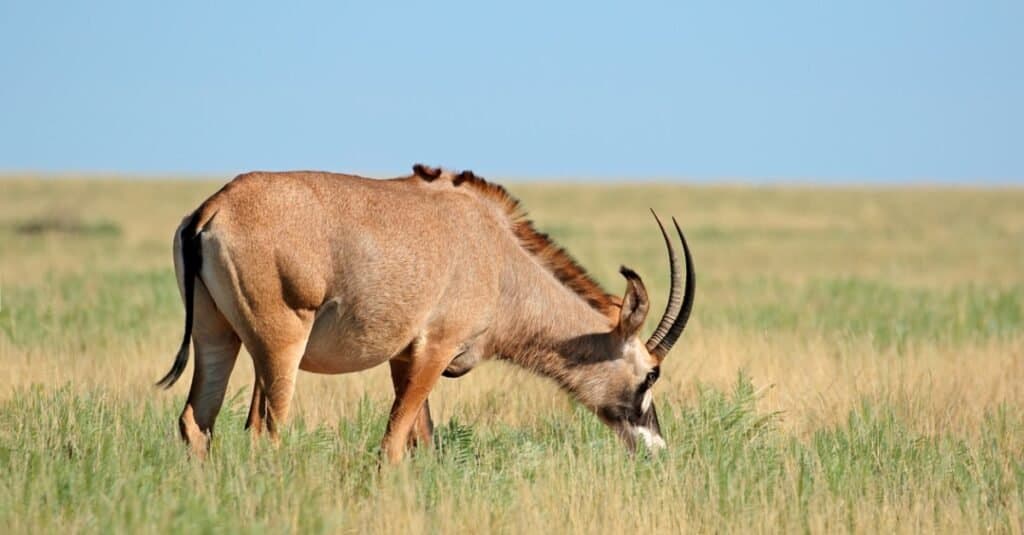
Roan antelope horns are used for the creation of traditional Kenyan musical instruments.
©iStock.com/EcoPic
In August 2021 Kenya released the results of their first-ever national wildlife census report. This rigorous study aimed to document the populations of the country’s native species. Amongst the results of this survey was the devastating statistic that the roan antelope had dwindled to a population as low as 15-20 individuals in the Kenyan plains.
While once one of the most common antelopes across the entire continent, poaching roans for ceremonial purposes and crafting with their horns is widespread in Kenya especially, though populations of roan antelope are flourishing in some other countries. Local hyenas also contribute to the decline of roan antelopes in Kenya.
Kenyan Animals
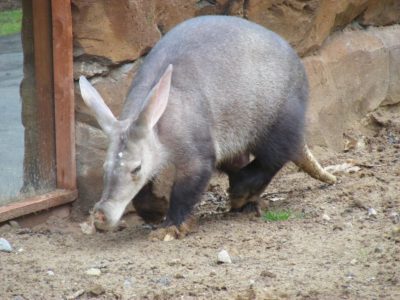
Aardvark
Can move 2ft of soil in just 15 seconds!
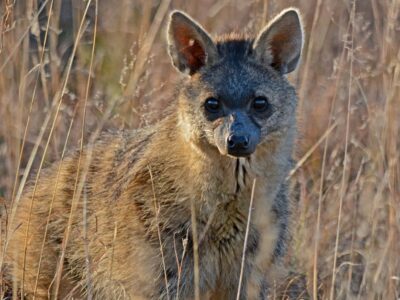
Aardwolf
The aardwolf has five toes on its front paws

Abyssinian
One of the oldest cat breeds in the world!
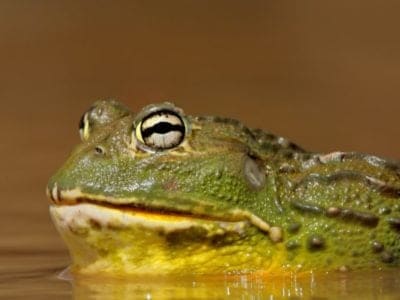
African Bullfrog
The African bullfrog is one of only three species of frog that have “teeth.”
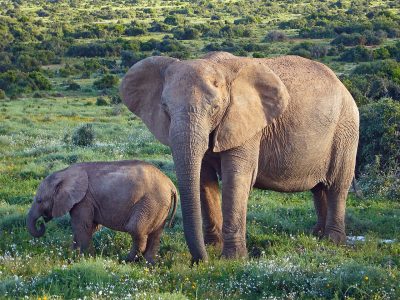
African Bush Elephant
Can drink up to 50 gallons a day
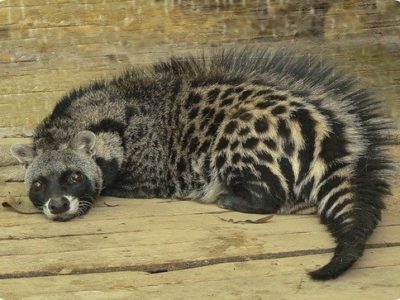
African Civet
Secretes up to 4g of musk every week!
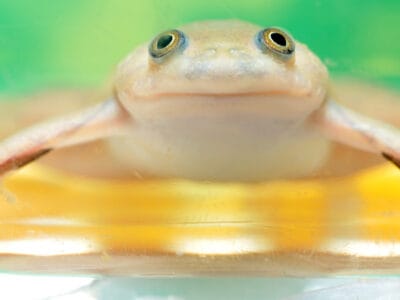
African Clawed Frog
African clawed frogs were used as pregnancy testers from the 1930s to the early 1960s.
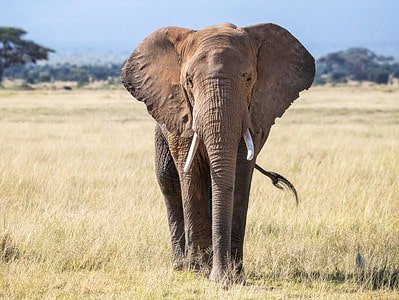
African Elephant
Both male and female African elephants have tusks. In Asian elephants, only the males have tusks.
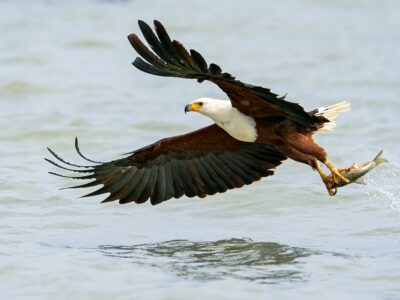
African Fish Eagle
African fish eagles belong to the genus of sea eagles
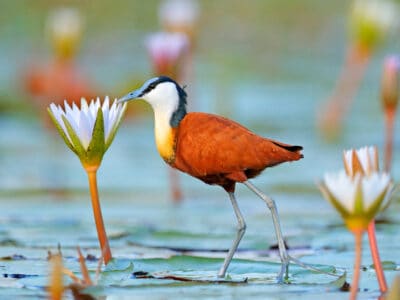
African Jacana
The males raise the young
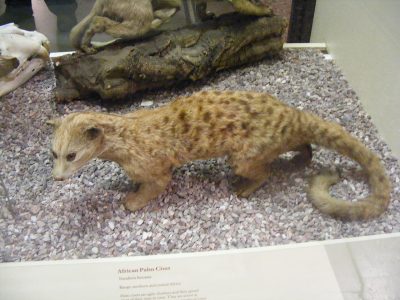
African Palm Civet
Solitary but gathers in groups!
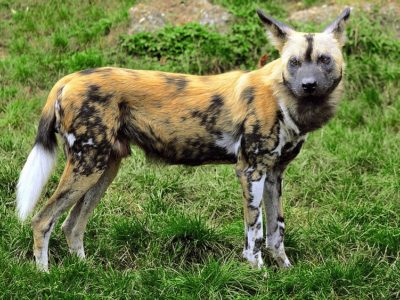
African Wild Dog
Also known as the painted dog!
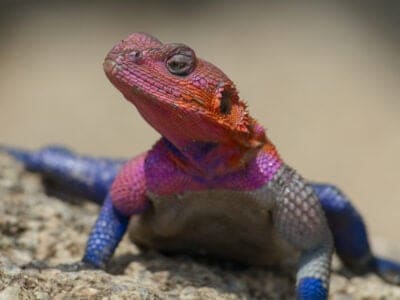
Agama Lizard
The agama forms small social groups that contain both dominant and subordinate males.
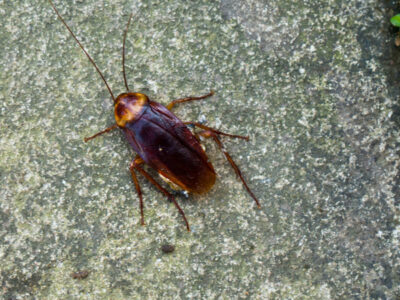
American Cockroach
Despite its name, actually originated from Africa and the Middle East
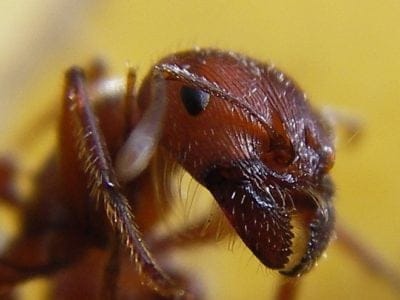
Ant
First evolved 100 million years ago!
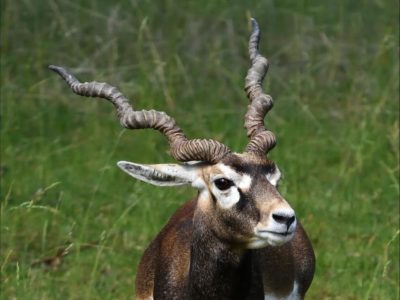
Antelope
Renew their horns every year!
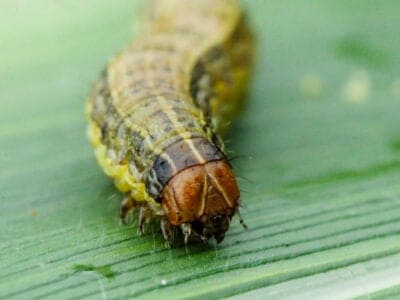
Armyworm
They are so named because they "march" in armies of worms from one crop to another in search of food
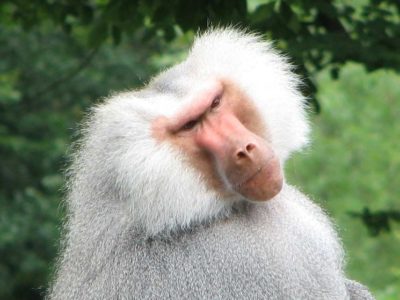
Baboon
Can travel more than four miles a day!
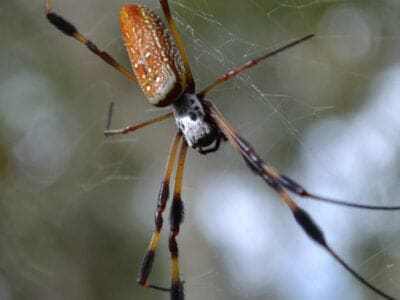
Banana Spider
People spin clothing and fishing nets out of these spiders’ silk.
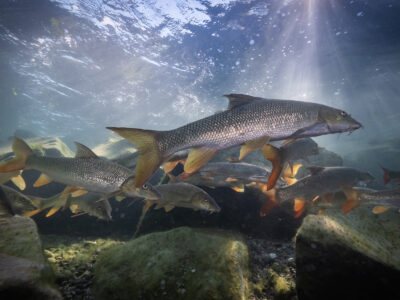
Barb
There are over 1768 known species!
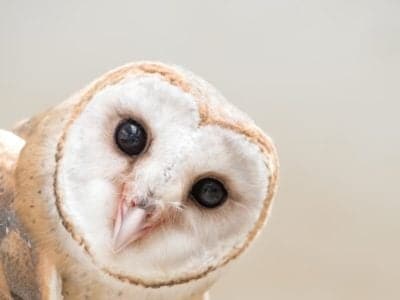
Barn Owl
Found everywhere around the world!
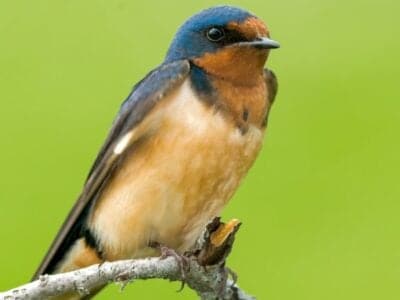
Barn Swallow
Older offspring help care for new hatchlings.
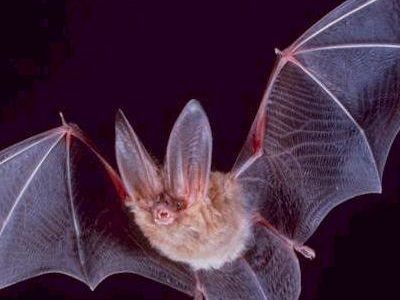
Bat
Detects prey using echolocation!
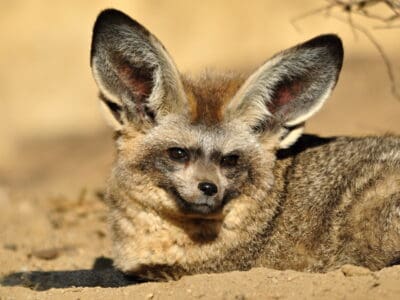
Bat-Eared Fox
Bat-eared foxes can run up to 35 MPH!
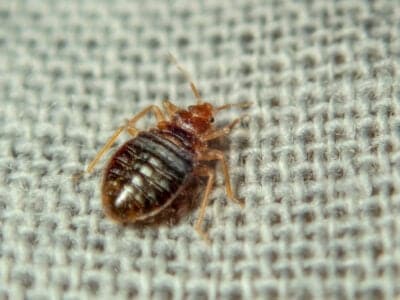
Bed Bugs
Bed bugs feed for 4-12 minutes.
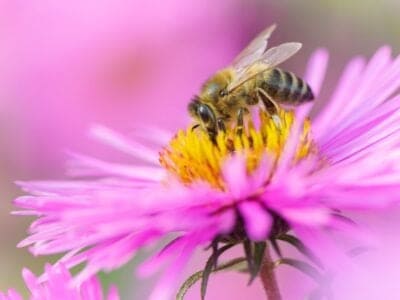
Bee
Rock paintings of bees date back 15,000 years
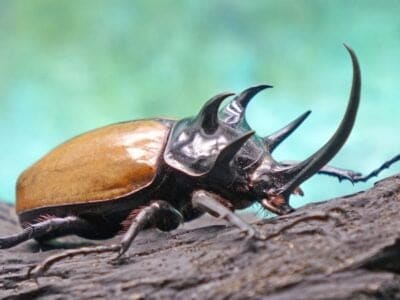
Beetle
There are more than 350,000 different species
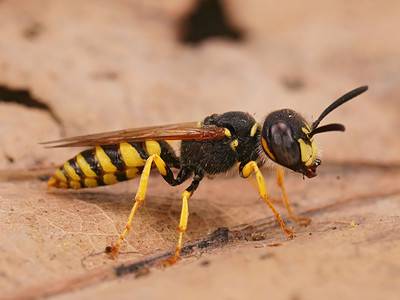
Beewolf wasp
They hunt bees
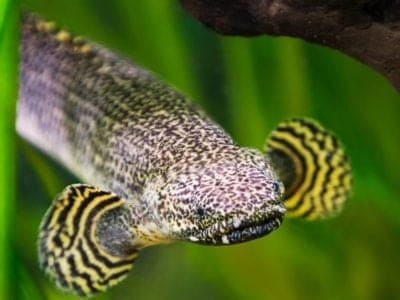
Bichir
The bichir species is more than 400 million years old
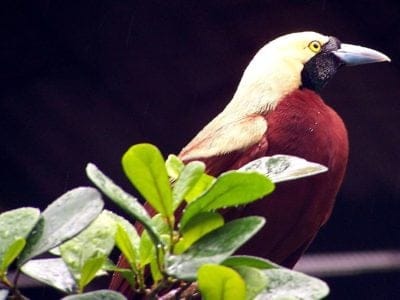
Bird
Not all birds are able to fly!
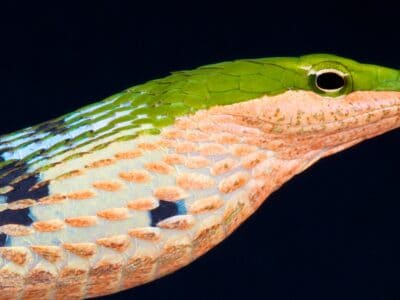
Bird Snake
Usambara vine snakes sit perfectly still and sway in the wind like a stick.
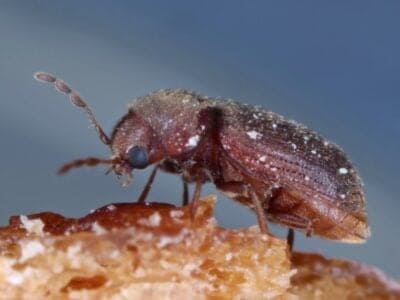
Biscuit Beetle
The biscuit beetle form a symbiotic relationship with yeast
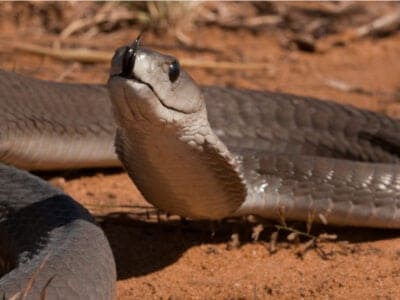
Black Mamba
Black mambas are the longest venomous snake in Africa, and second longest in the world.
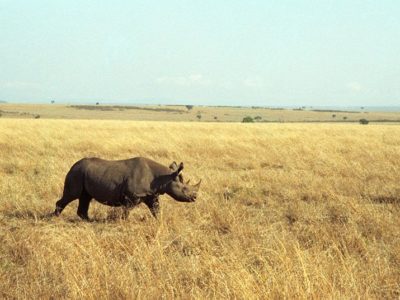
Black Rhinoceros
Horns can grow to 1.5m!
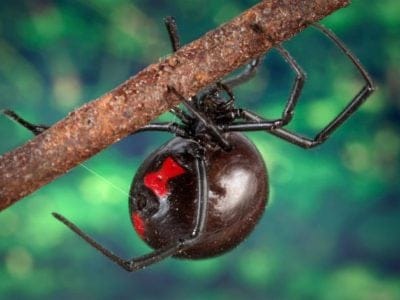
Black Widow Spider
They typically prey on insects!
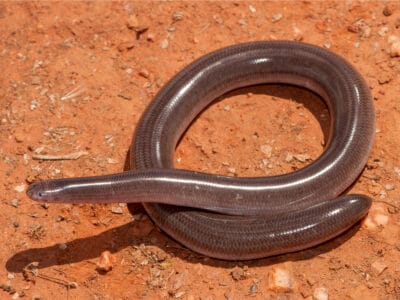
Blind Snake
The blind snake is often mistaken for a worm.
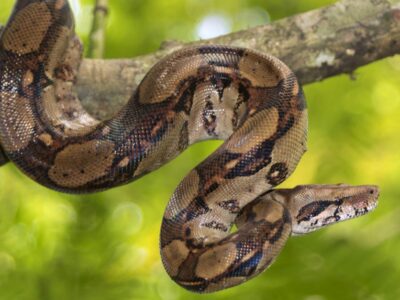
Boas
Boas are considered primitive snakes and still have vestigial legs, called spurs.
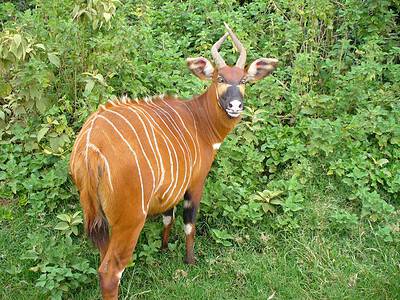
Bongo
Long and heavy spiralled horns!
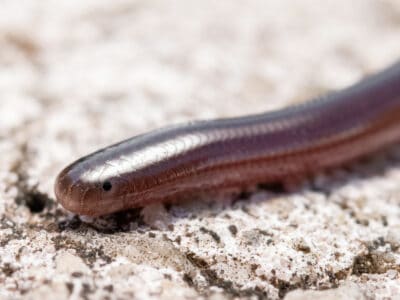
Brahminy Blindsnake
These snakes have been introduced to all continents, except Antarctica!
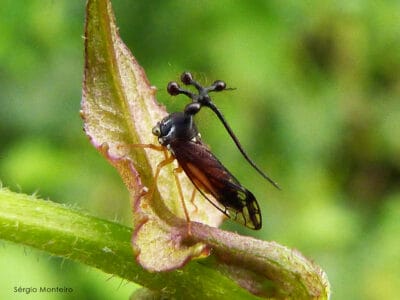
Brazilian Treehopper
“Mild-Mannered Minimonsters”
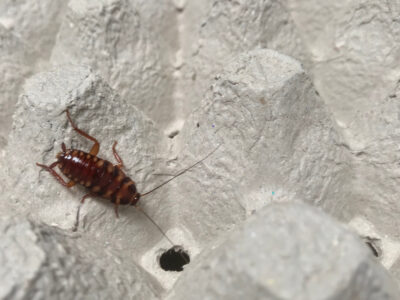
Brown-banded Cockroach
Females glue egg cases to furniture
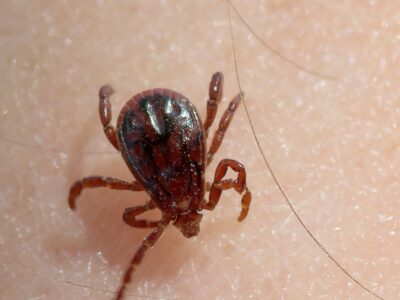
Brown Dog Tick
Can live its entire life indoors
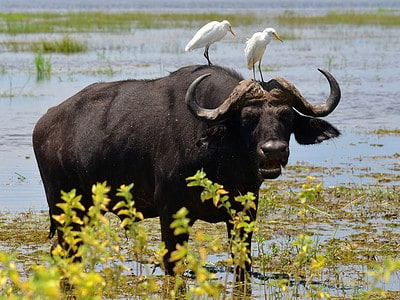
Buffalo
"They look like you owe them money."
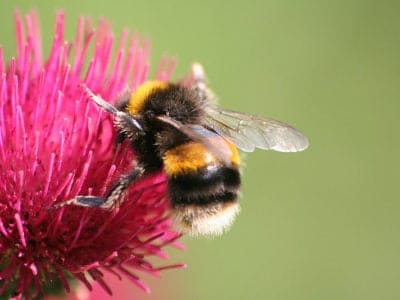
Bumblebee
The most common species of bee!
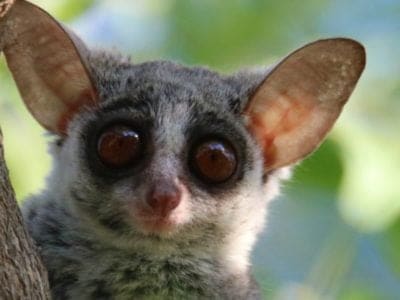
Bush Baby
In a series of leaps, this creature can cover almost 30 feet of distance in just a few seconds.
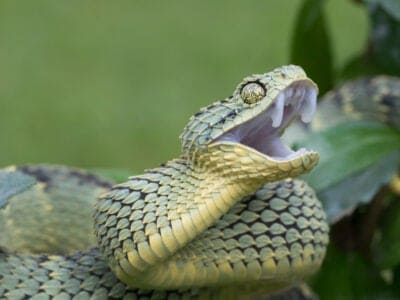
Bush Viper
Bush vipers are predators, sinking their fangs into prey while dangling from a tree limb
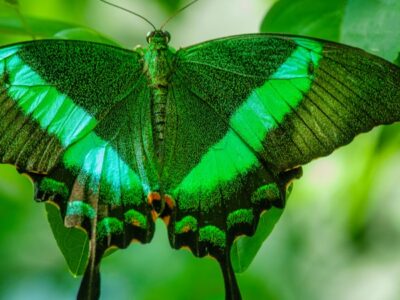
Butterfly
There are thought to be up 17,500 species!
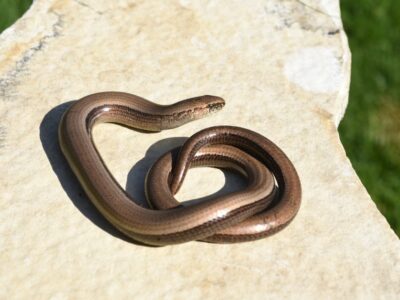
Caecilian
Some species' babies use their hooked or scraper-like teeth to peel off and eat their mother's skin
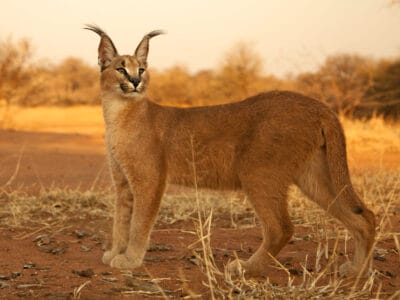
Caracal
Has 20 different muscles in it's ears!
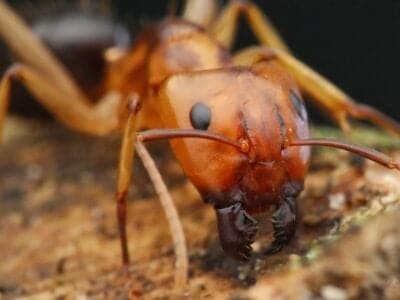
Carpenter Ant
Carpenter ants can lift up to seven times their own weight with their teeth!
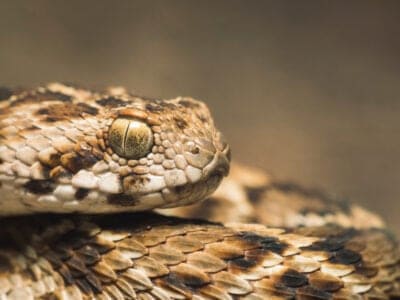
Carpet Viper
The Carpet Viper probably bites and kills more people than any other species of snake.
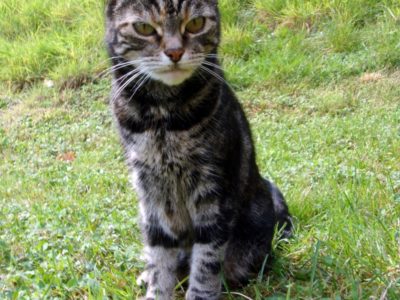
Cat
May have been domesticated up to 10,000 years ago.
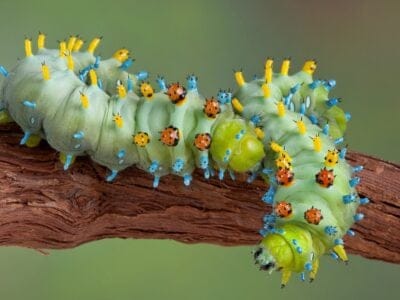
Caterpillar
The larvae of a moth or butterfly!
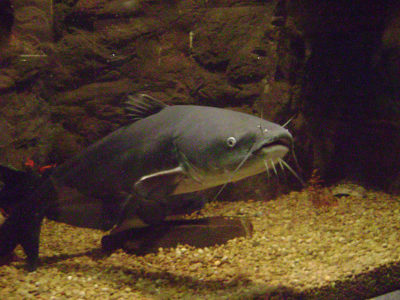
Catfish
There are nearly 3,000 different species!
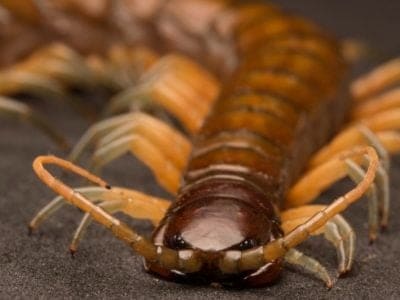
Centipede
There are about 3,000 documented species!
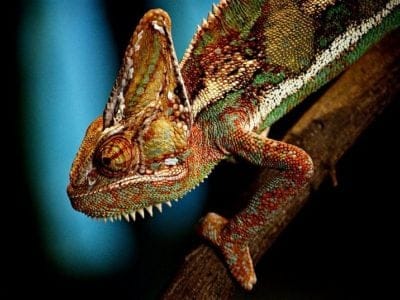
Chameleon
There are more than 160 different species!
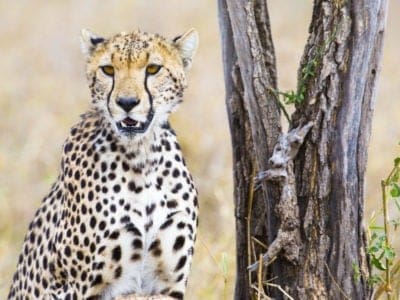
Cheetah
The fastest land mammal in the world!

Chicken
First domesticated more than 10,000 years ago!
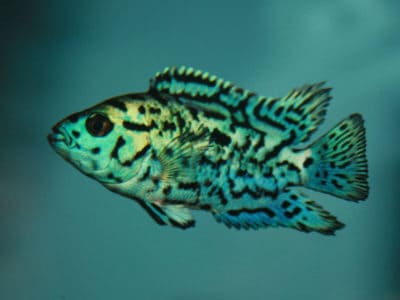
Cichlid
There are more than 2 000 known species!
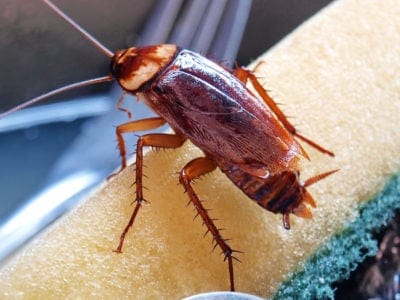
Cockroach
Dated to be around 300 million years old!
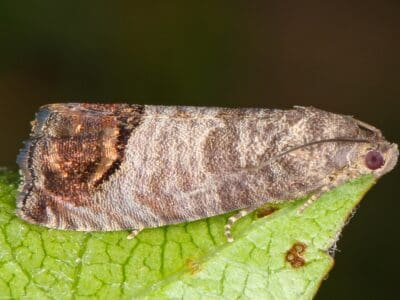
Codling Moth
Pupae are able to undergo diapause to survive poor fruit yield years and winter.
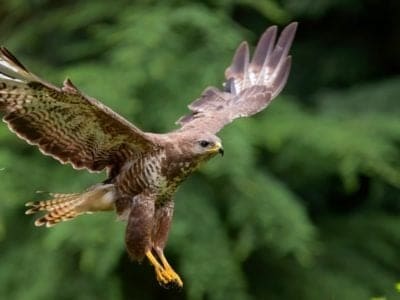
Common Buzzard
The most common raptor in the UK!
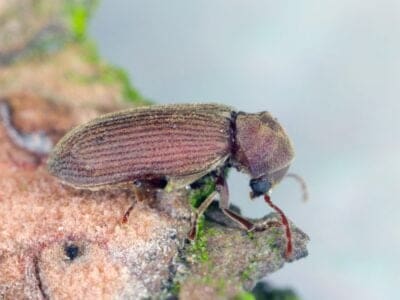
Common Furniture Beetle
The common furniture beetle feeds exclusively on wood
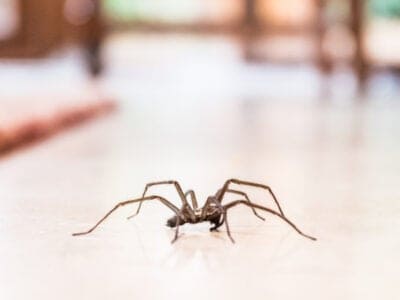
Common House Spider
House spiders have the ability to eat most insects in a home.
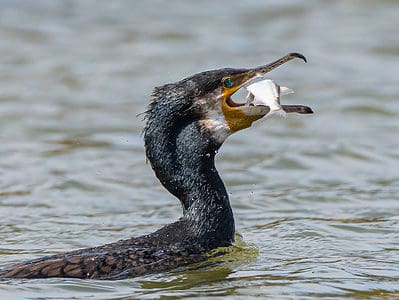
Cormorant
They can fly 35 mph and dive 150 feet below water.
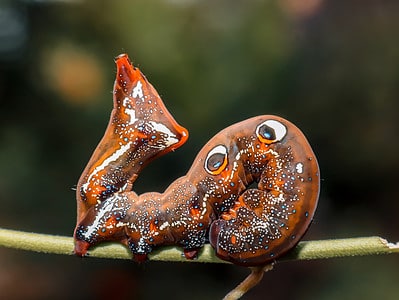
Cosmic Caterpillar
Cosmic caterpillars have spots on their back that look like eyes to scare off predators.
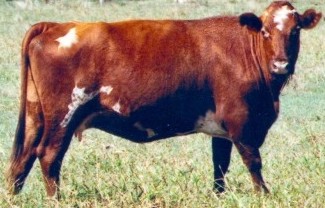
Cow
There are nearly 1.5 billion worldwide!
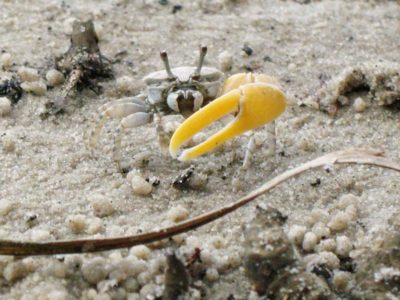
Crab
There are 93 different crab groups
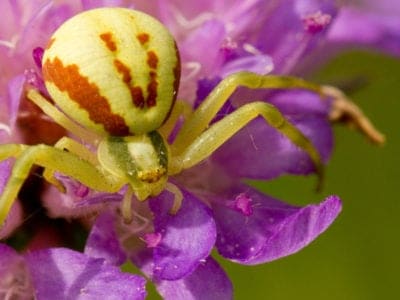
Crab Spider
Crab Spiders can mimic ants or bird droppings
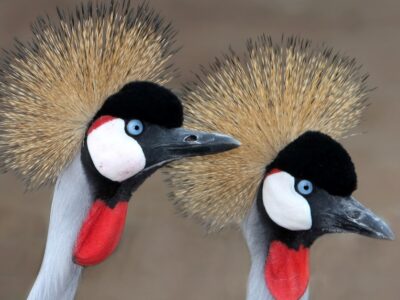
Crane
Many are critically endangered species!
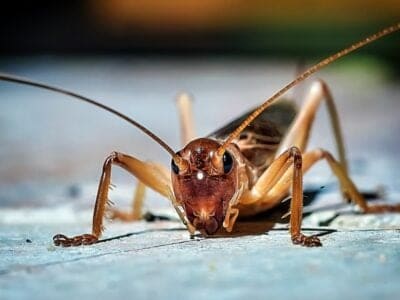
Cricket
Male crickets can produce sounds by rubbing their wings together
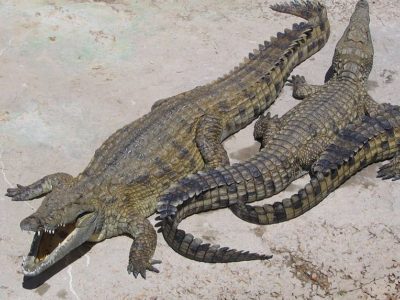
Crocodile
Have changed little in 200 million years!
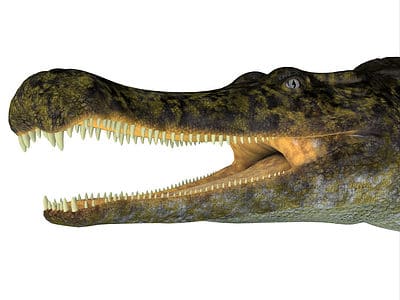
Crocodylomorph
Crocodylomorphs include extinct ancient species as well as 26 living species today.
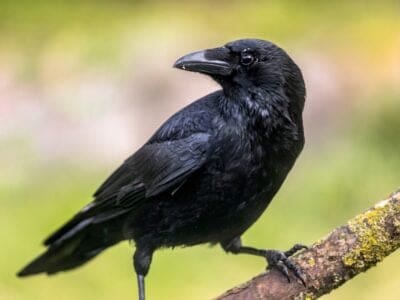
Crow
A group of these birds is called a Murder.
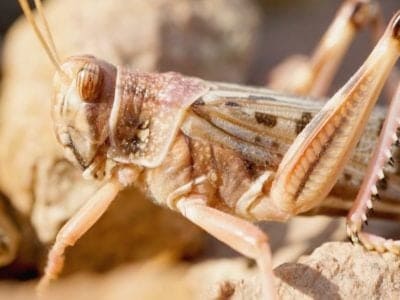
Desert Locust
Solitary locusts are grey while gregarious locusts are yellow with stripes.
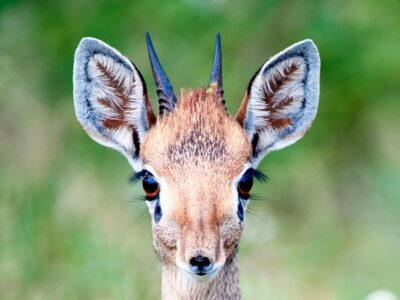
Dik-Dik
Dik-diks use a tar-like liquid from their eye glands to mark their territory!

Dog
First domesticated in South-East Asia!
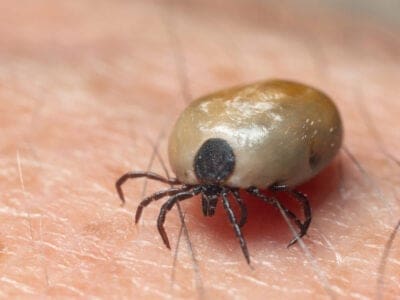
Dog Tick
Dog ticks feed on dogs and other mammals
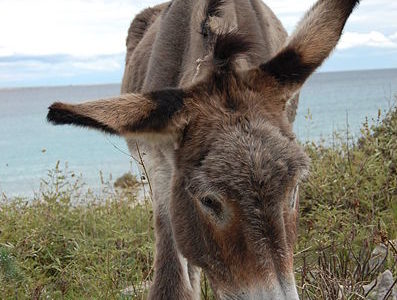
Donkey
First domesticated 5,000 years ago!
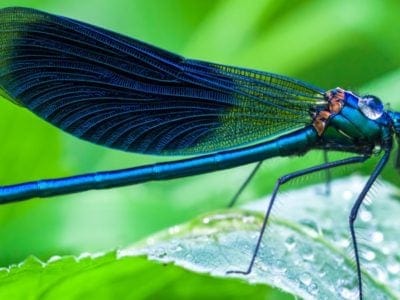
Dragonfly
It's larvae are carnivorous!
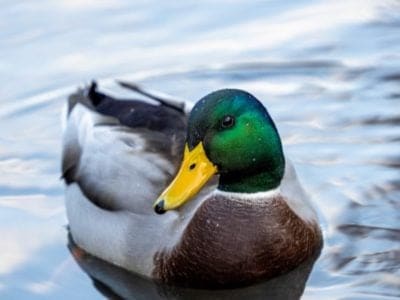
Duck
Rows of tiny plates line their teeth!
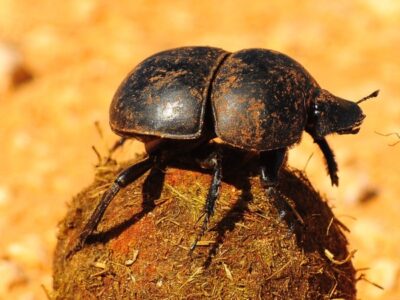
Dung Beetle
The dung beetle can push objects many times its own weight
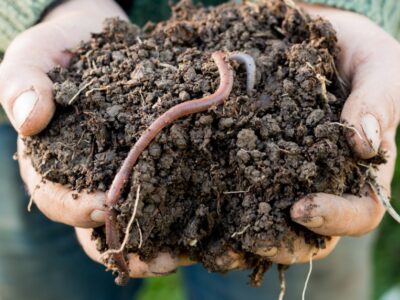
Earthworm
They are hermaphrodites, which means they have male and female organs
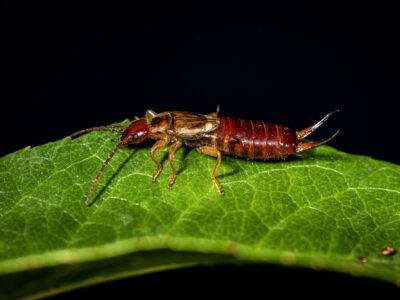
Earwig
There are nearly 2,000 different species!
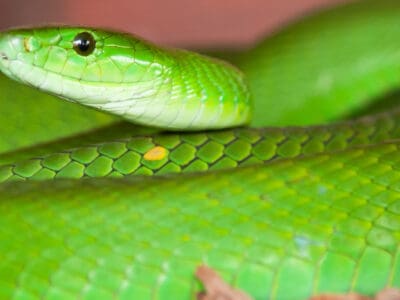
Eastern Green Mamba
It is completely arboreal, and its green color is one of the adaptations that make life in the trees possible.

Eel
Eels can be a mere few inches long to 13 feet!
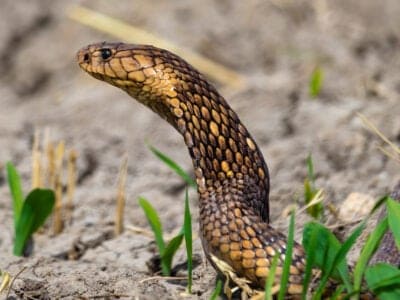
Egyptian Cobra (Egyptian Asp)
The Egyptian cobra is one of the largest cobras in Africa.
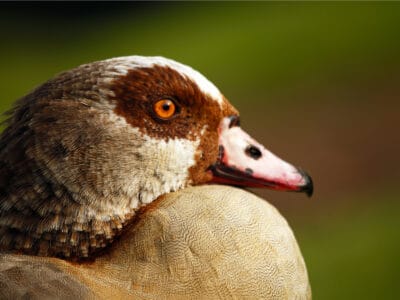
Egyptian Goose
A duck species that resembles a goose when flying
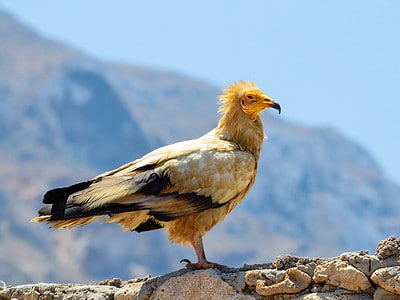
Egyptian Vulture
They steal large ostrich eggs and use rocks and pebbles to crack the shells.
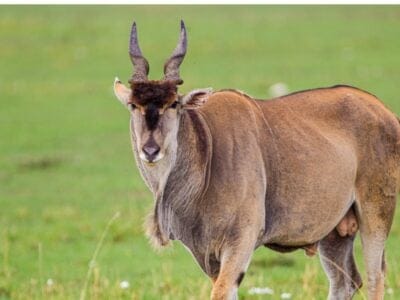
Eland
Both females and males have horns.
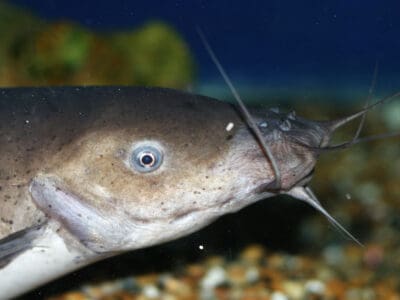
Electric Catfish
The electric catfish can discharge an electric shock up to 450 volts
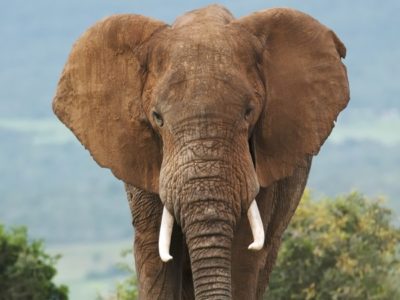
Elephant
Spends around 22 hours a day eating!
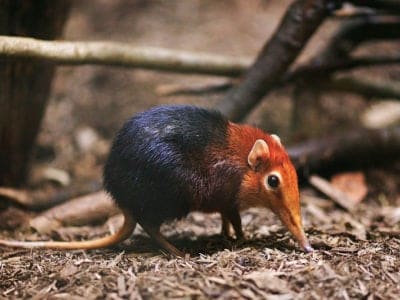
Elephant Shrew
Found exclusively on the African continent!
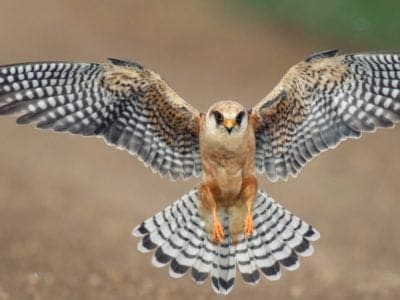
Falcon
The fastest creatures on the planet!
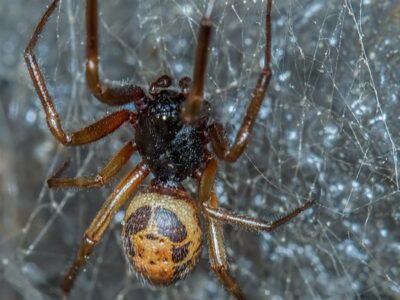
False Widow Spider
False spiders actually prey on black widow spiders and other hazardous spiders
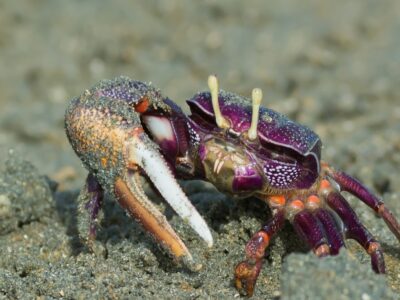
Fiddler Crab
The fiddler crab gets its name from the motion the males make with their over-sized claw during the mating ritual.
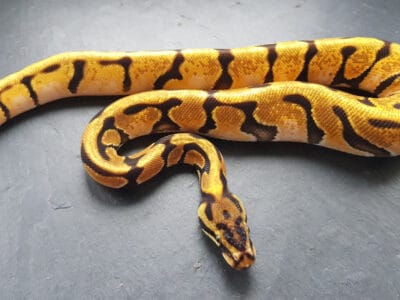
Fire Ball Python
The fire ball python morph is known for its rich golden and reddish-brown coloration.
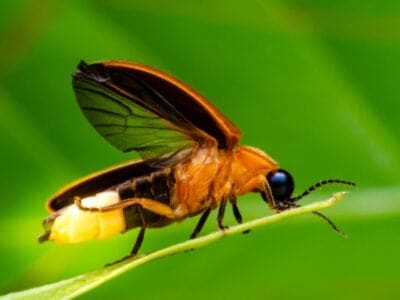
Firefly
The firefly produces some of the most efficient light in the world
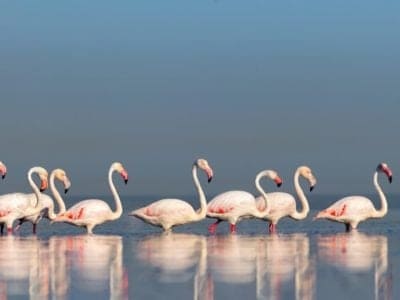
Flamingo
Sleeps on just one leg!
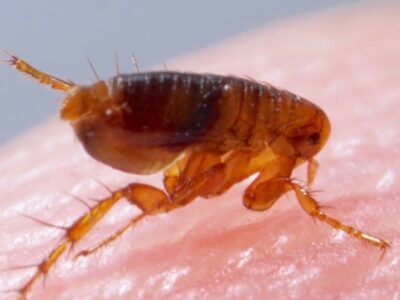
Flea
Adult fleas can jump up to 7 inches in the air
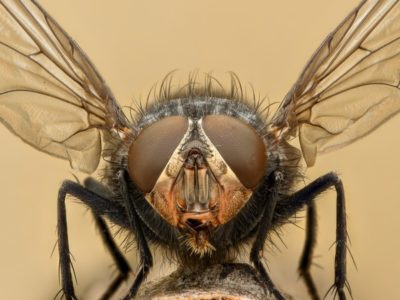
Fly
There are more than 240,000 different species!
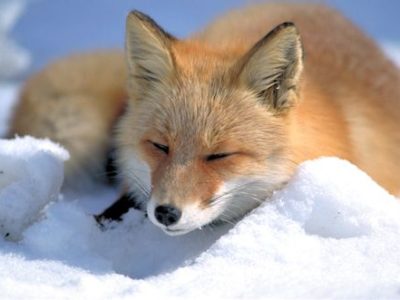
Fox
Only 12 species are considered "true foxes"
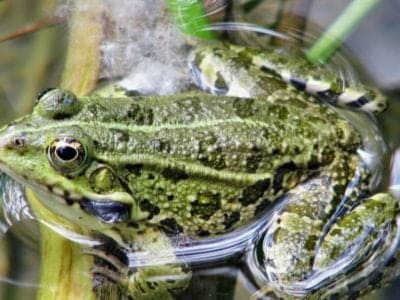
Frog
There are around 7,000 different species!
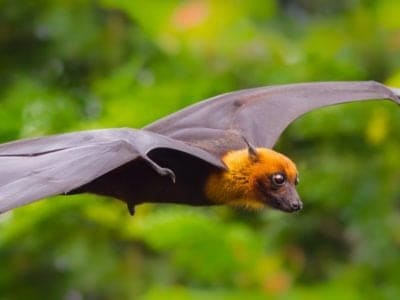
Fruit Bat
Among the largest bats in the world
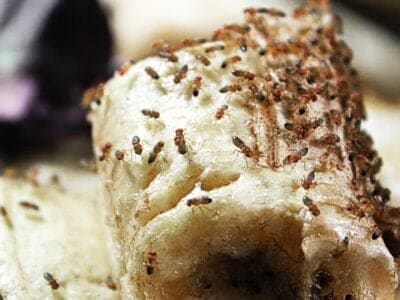
Fruit Fly
Fruit flies are among the most common research animals in the world
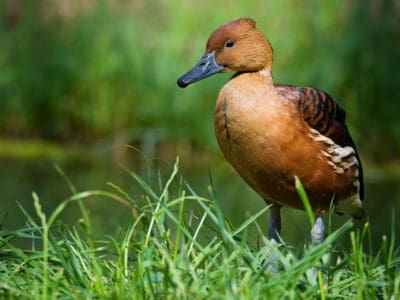
Fulvous Whistling Duck
They build a ramp from their nest, which leads to a nearby water source
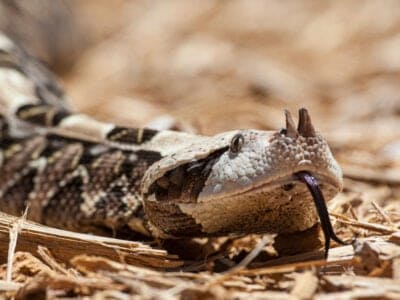
Gaboon Viper
Gaboon vipers are the largest vipers in Africa.
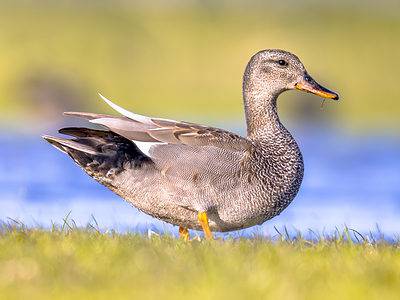
Gadwall
They make many sounds when trying to attract a mate.
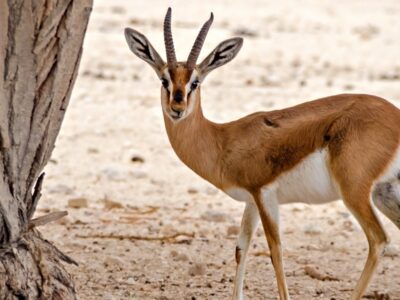
Gazelle
Named for the Arabic word for love poems
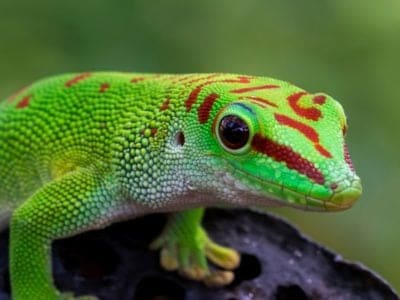
Gecko
There are thought to be over 2,000 species!
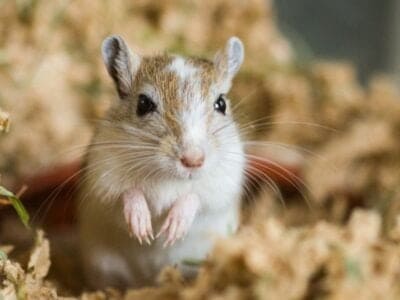
Gerbil
Originally known as the Desert Rat!
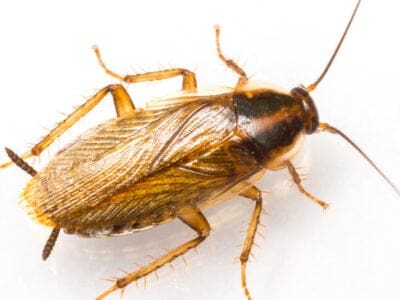
German Cockroach
The most common type of urban roach
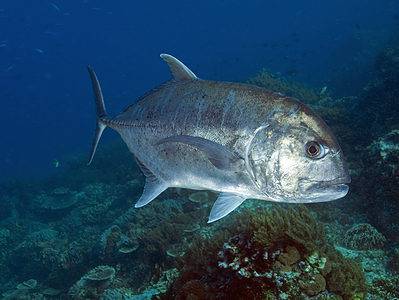
Giant Trevally
The largest fish in its genus
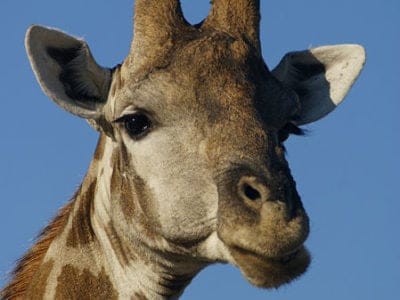
Giraffe
Long, black tongue can grow to 18 inches long!
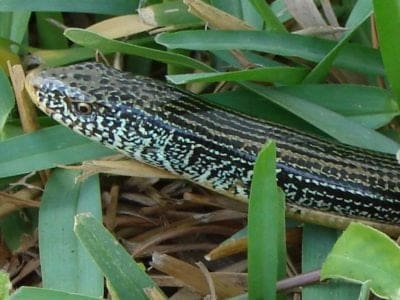
Glass Lizard
Can grow up to 4ft long!
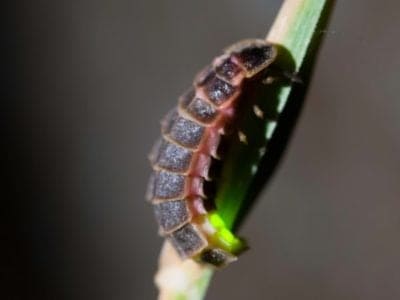
Glowworm
Found inhabiting dense woodland and caves!
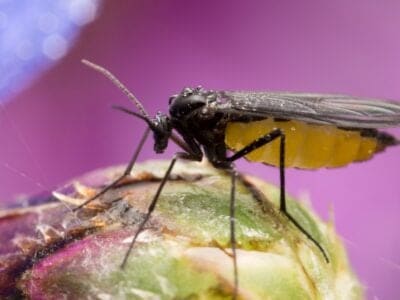
Gnat
Males form large mating swarms at dusk
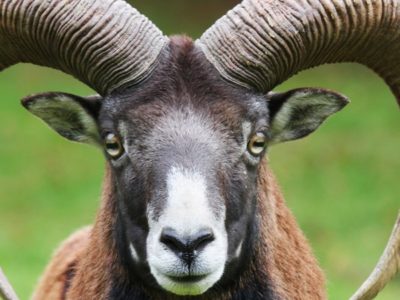
Goat
Most closely related to the Sheep!
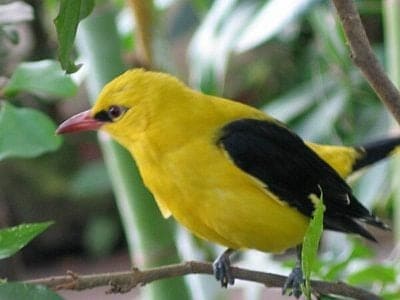
Golden Oriole
Migrates between Europe and Asia!
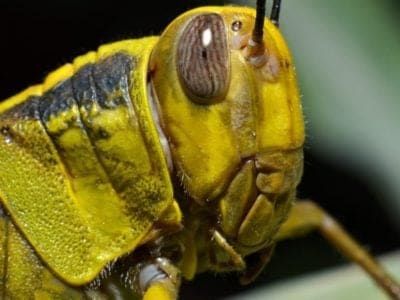
Grasshopper
There are 11,000 known species!
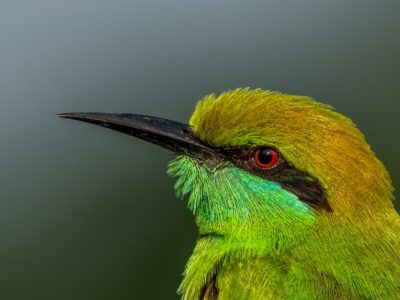
Green Bee-Eater
Mainly eats honeybees!
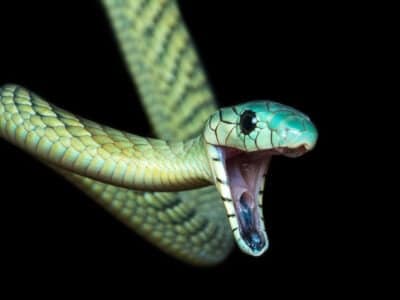
Green Mamba
Green mambas are fast, and can travel up to 7 miles per hour.
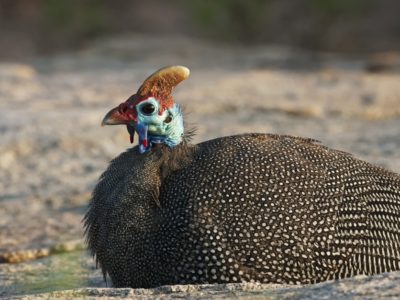
Guinea Fowl
Found in a vairety of African habitats!
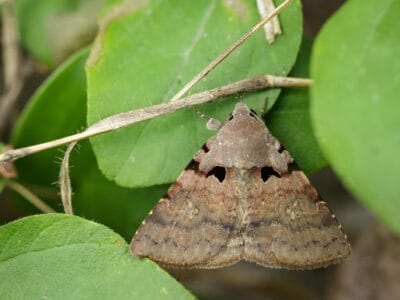
Gypsy Moth
One of the most invasive species in the world
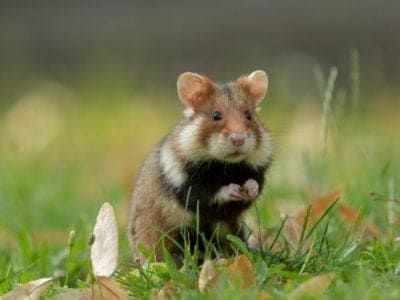
Hamster
Able to run as quickly backwards as forwards!
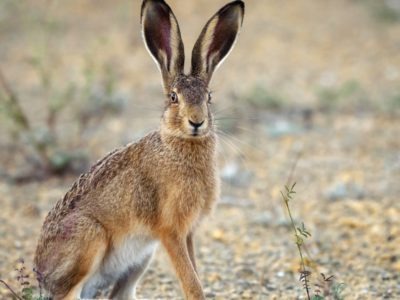
Hare
Can reach speeds of over 50 mph!
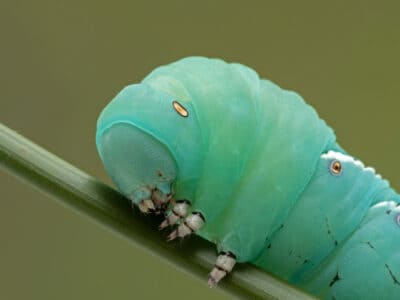
Hawk Moth Caterpillar
Many hawk moth caterpillars eat toxins from plants, but don’t sequester them the way milkweed butterflies do. Most toxins are excreted.
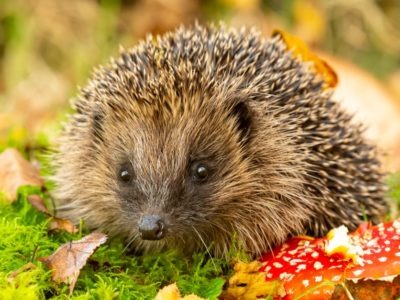
Hedgehog
Thought to be one of the oldest mammals on Earth!
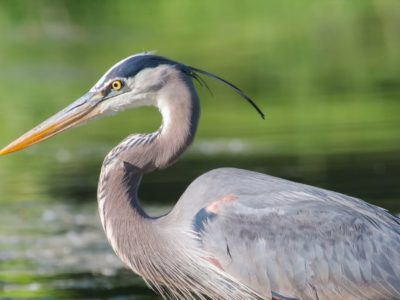
Heron
Inhabits wetlands around the world!
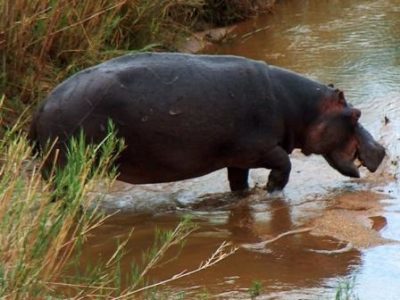
Hippopotamus
Has pink anti-bacterial sweat!
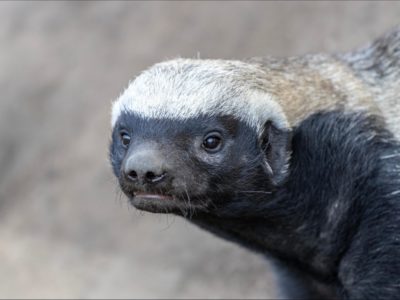
Honey Badger
One of earth's bravest creatures!
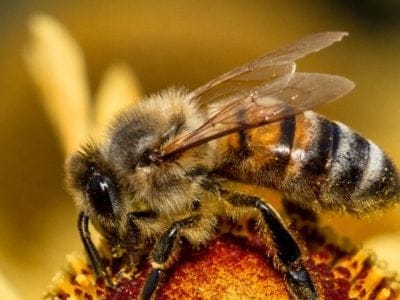
Honey Bee
There are only 8 recognized species!
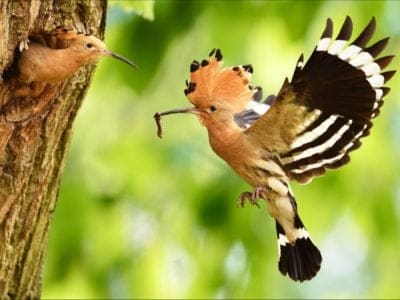
Hoopoe
Stunning bird with a stinky way to deter predators!

Horse
Has evolved over 50 million years!
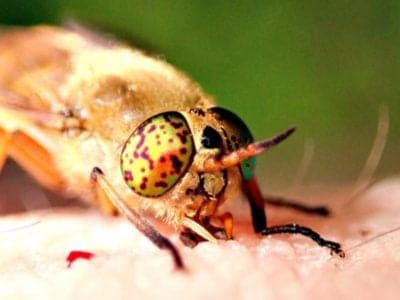
Horsefly
Horseflies have been seen performing Immelmann turns, much like fighter jets.
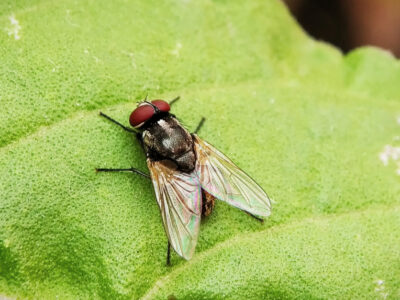
Housefly
The fly has no teeth

Human
Thought to have orignated 200,000 years ago!
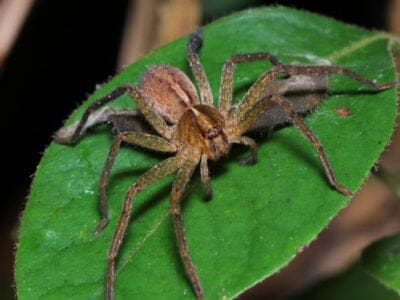
Huntsman Spider
Some huntsman spiders have an interesting way of moving around. Some cartwheel while others do handsprings or backflips.
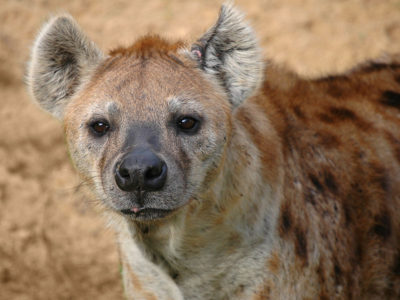
Hyena
There are four different species!
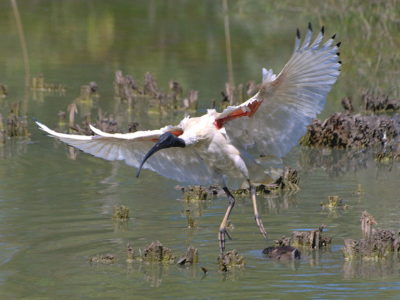
Ibis
Found in swamps, marshes and wetlands!
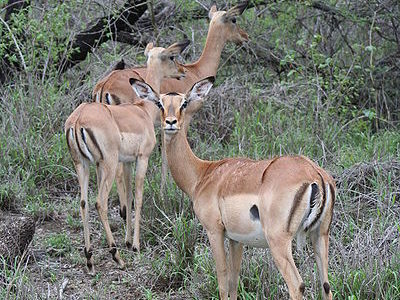
Impala
Able to jump over 10 feet high
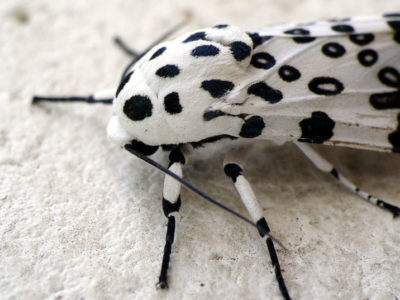
Insects
There are an estimated 30 million species!
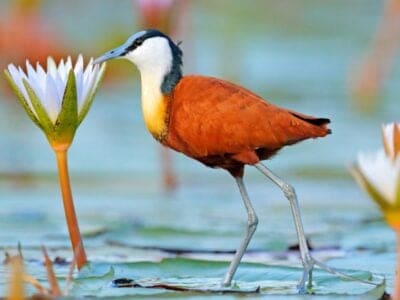
Jacana
The jacana has the ability to swim underwater
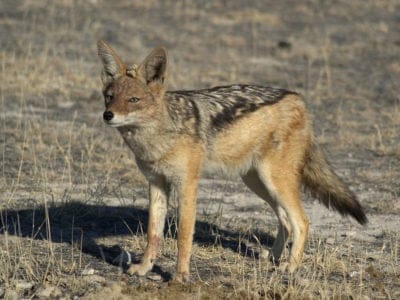
Jackal
Can maintain speeds of 16 km/h!
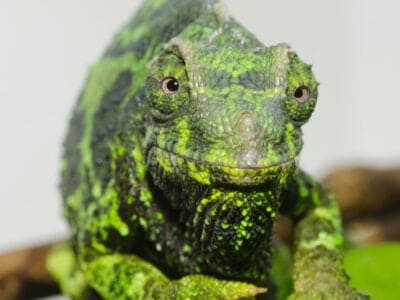
Jackson’s Chameleon
Have jousting battles with their horns.
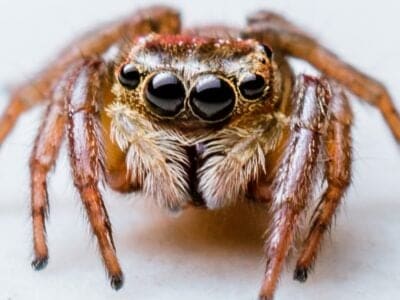
Jumping Spider
Some can jump 50 times the length of their bodies
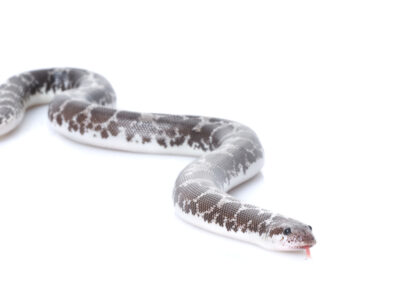
Kenyan Sand Boa
A popular pet snake that comes in dozens of morphs!
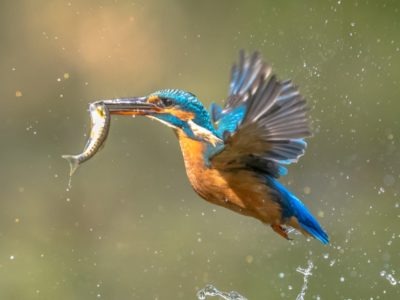
Kingfisher
Inhabits wetlands and woodlands worldwide!
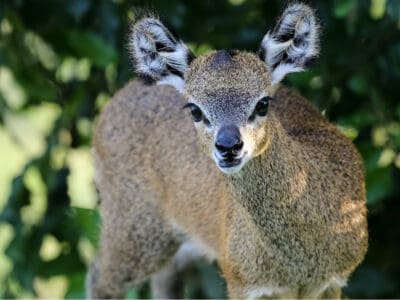
Klipspringer
Klipspringers can jump as high as 10-12ft!
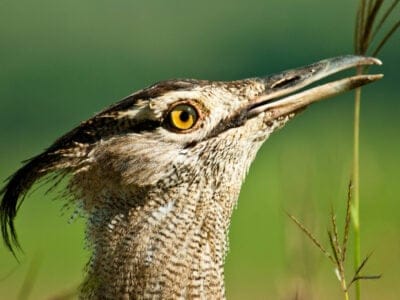
Kori Bustard
It's easily identified by its crest, large size, and wingspan
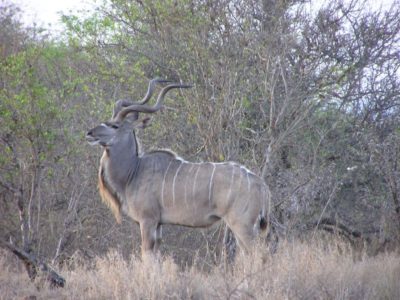
Kudu
Lives in herds of up to 24 individuals!
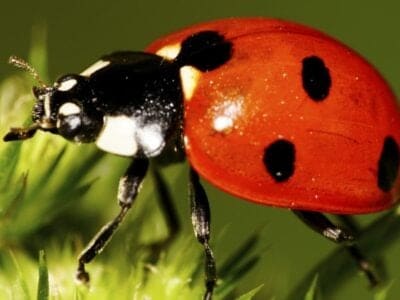
Ladybug
There are more than 5,000 species worldwide!
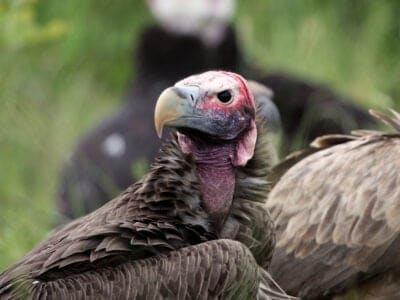
Lappet-faced Vulture
Lappet-faced vultures are tidy and wash their heads in a body of water after they’ve eaten
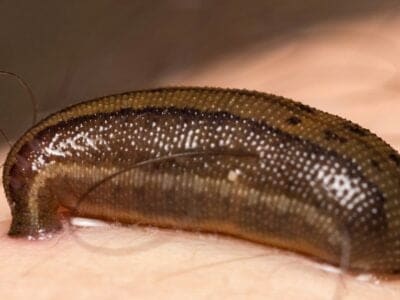
Leech
Has 10 pairs of eyes!
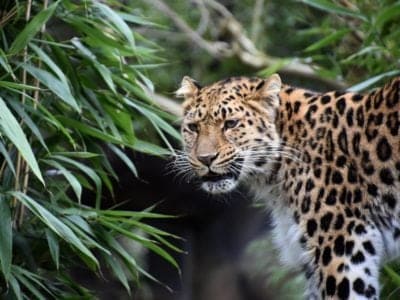
Leopard
Spends much of the time high in the trees!
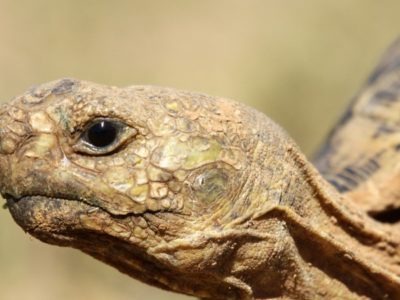
Leopard Tortoise
The most widely distributed tortoise in Africa!
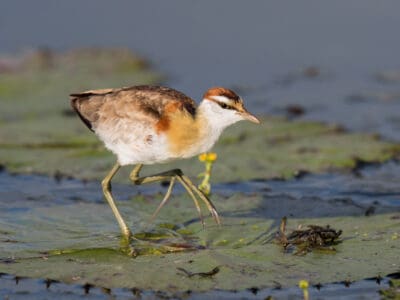
Lesser Jacana
The lesser jacana is nomadic, often moving in search of temporary wetland habitats.

Liger
The offspring of a lion and tiger parents!
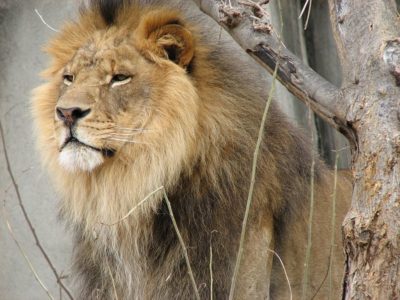
Lion
Lives in small groups called prides!
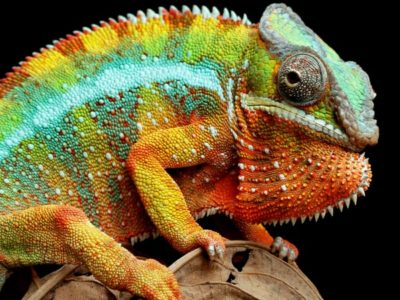
Lizard
There are around 5,000 different species!
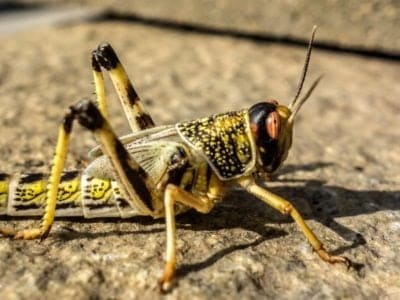
Locust
Each locust can eat its weight in plants each day.
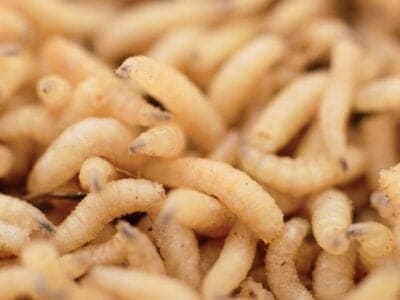
Maggot
Will only live in wet areas
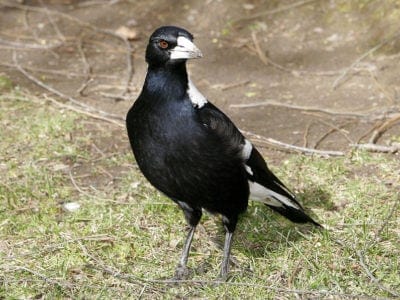
Magpie
They are found across Europe, Asia and Africa!
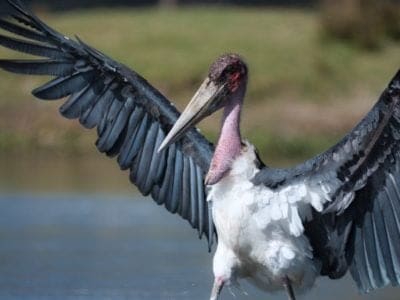
Marabou Stork
The marabou stork does not have a voice box.
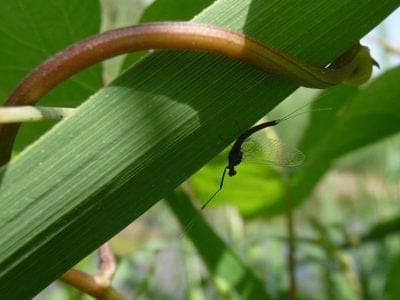
Mayfly
There are 2,500 known species worldwide!
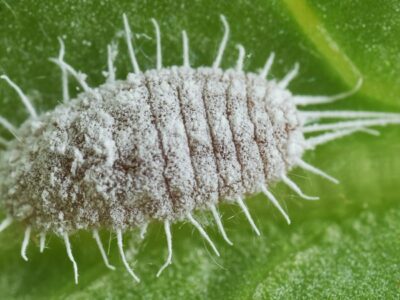
Mealybug
They have a symbiotic relationship with ants.
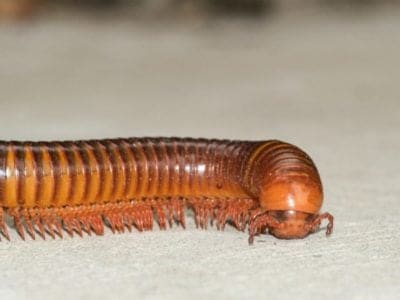
Millipede
Some species have a poisonous bite!
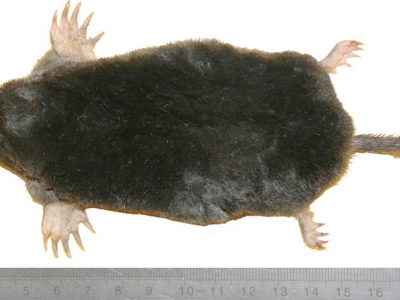
Mole
Primarily hunts and feeds on Earthworms!
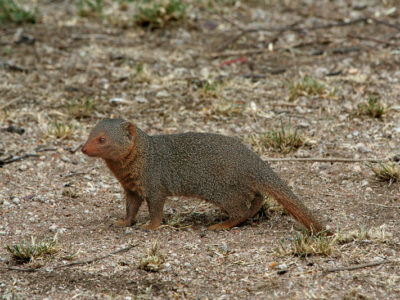
Mongoose
Range in size from just 1 to 3 foot!

Mongrel
Has characteristics of two or more breeds!
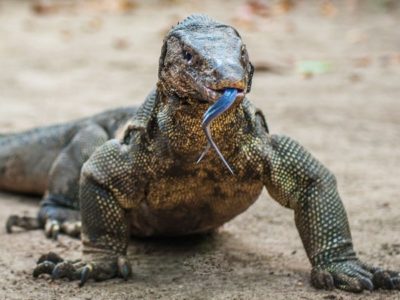
Monitor Lizard
Some species are thought to carry a weak venom!
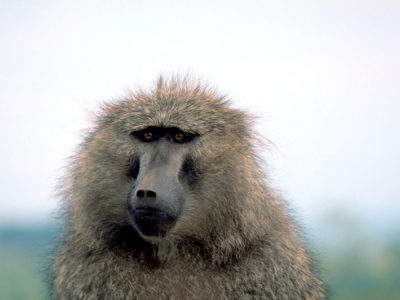
Monkey
There are around 260 known species!
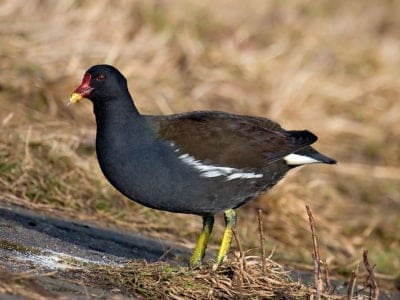
Moorhen
Feeds on aquatic insects and water-spiders!
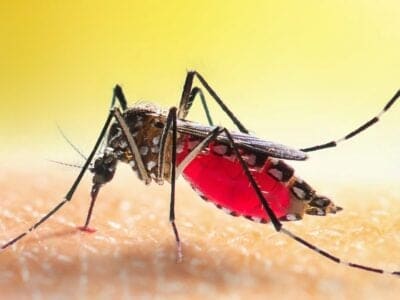
Mosquito
Only the female mosquito actually sucks blood
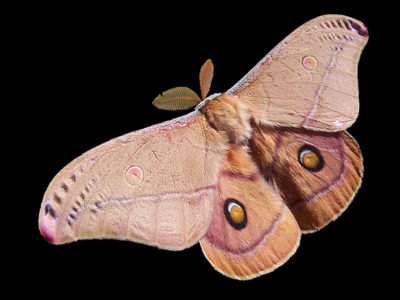
Moth
There are 250,000 different species!
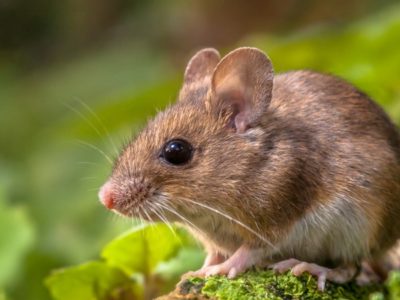
Mouse
Found on every continent on Earth!
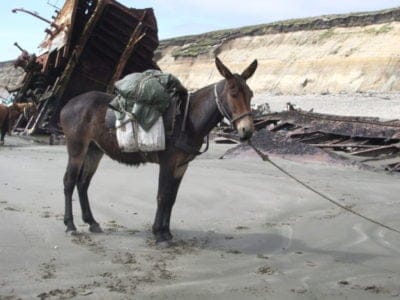
Mule
The offspring of a horse and donkey parents!
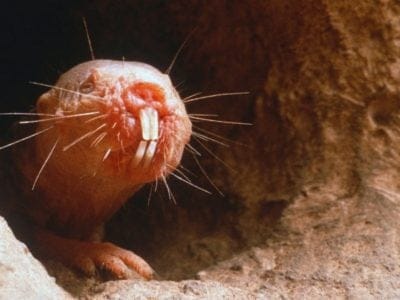
Naked Mole Rat
Naked mole rats don’t get cancer
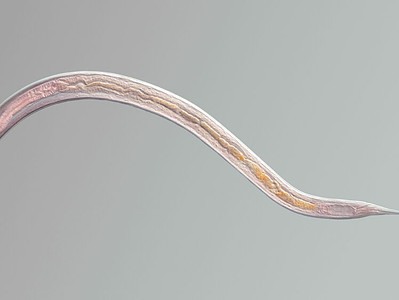
Nematode
Nematodes range in size from 1/10 of an inch to 28 feet long
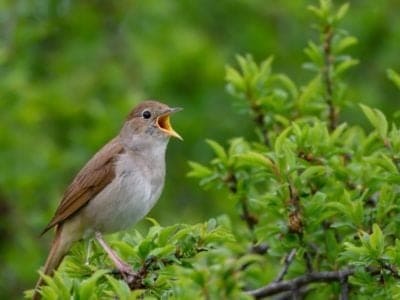
Nightingale
Named more than 1,000 years ago!
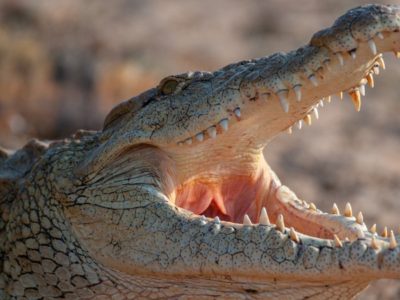
Nile Crocodile
Unlike other reptiles, the male Nile crocodile will stay with a female to guard their nest of eggs.
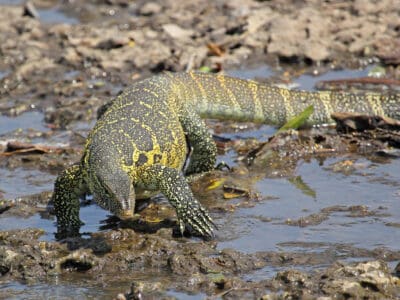
Nile Monitor
The Nile monitor is the world's fourth-largest lizard!
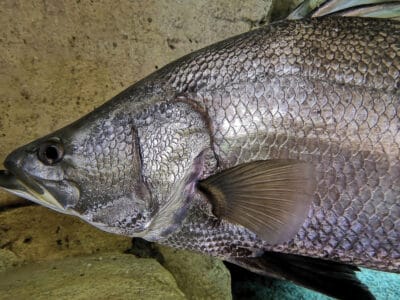
Nile Perch
Nile perch will sometimes eat those within its own species
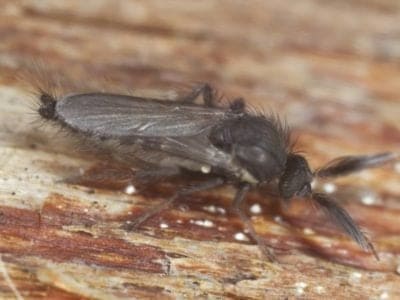
No See Ums
There are more than 5,000 species.
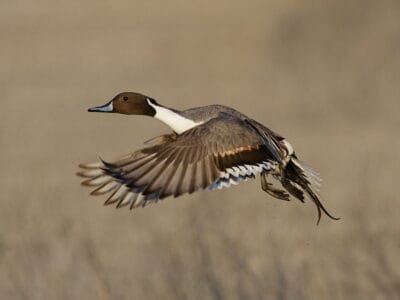
Northern Pintail
Northern pintails migrate at night with speeds reaching 48 miles per hour!
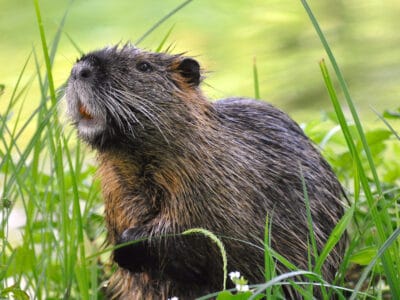
Nutria
An invasive species, one female nutria can birth up to 200 babies in just a few years of living!
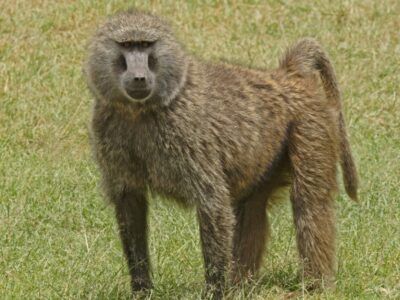
Olive Baboon
Olive baboons will sometimes form strong friendships with each other
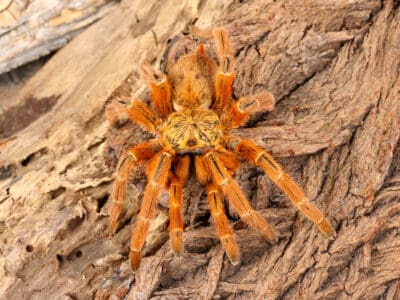
Orange Baboon Tarantula
Their nickname is "Orange Bitey Thing"!
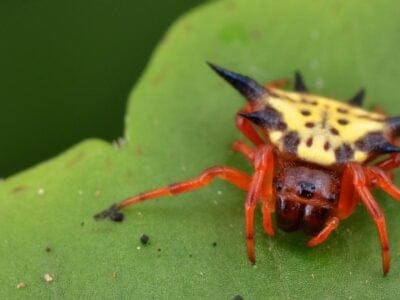
Orb Weaver
Females are about four times the size of males
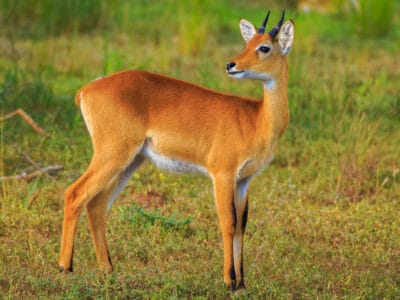
Oribi
Males oribis spend most of their time patrolling the borders of their territories; they can do this about 16 times an hour! However, 27% of their day is spent grazing.
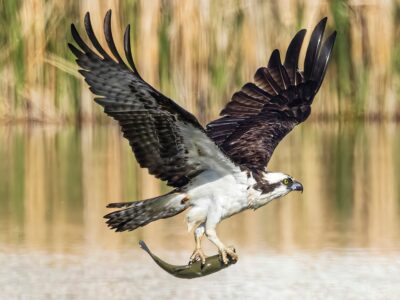
Osprey
They reuse nesting sites for 70 years!
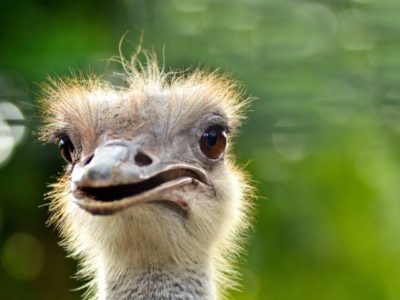
Ostrich
The largest bird in the world!

Otter
There are 13 different species worldwide
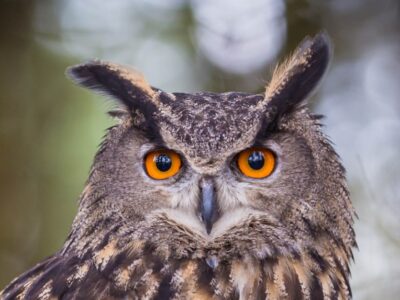
Owl
The owl can rotate its head some 270 degrees
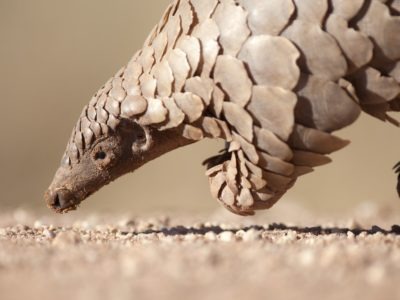
Pangolin
Bad eyesight, but great sense of smell
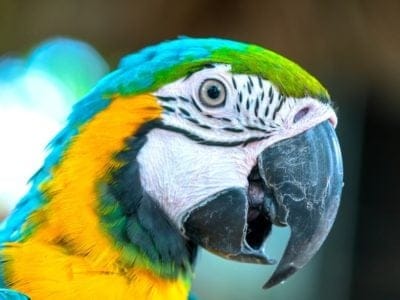
Parrot
Can live for up to 100 years!
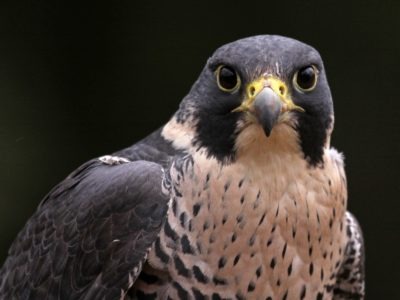
Peregrine Falcon
Fastest animal on Earth
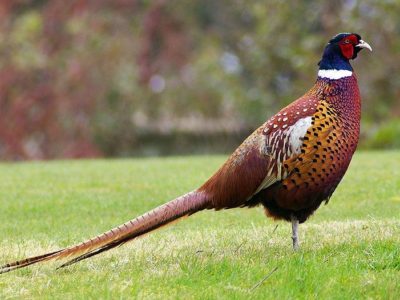
Pheasant
Females lay between 8 and 12 eggs per clutch!
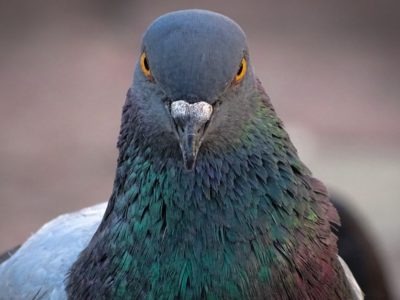
Pigeon
They can find their way back to their nests from up to 1300 miles away.
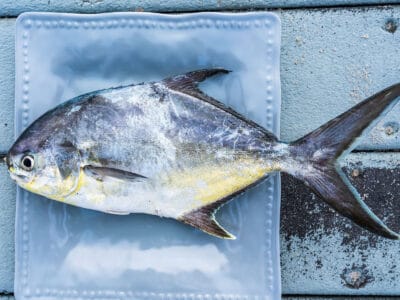
Pompano Fish
They are bottom-feeders
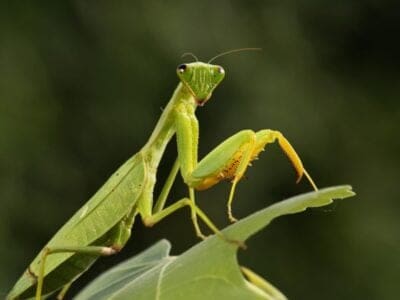
Praying Mantis
The mantis can turn its head 180 degrees.
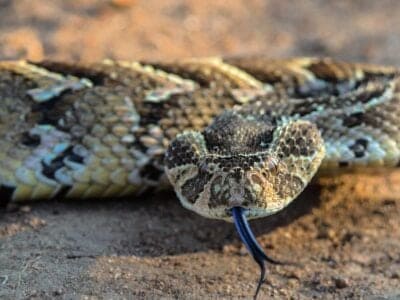
Puff Adder
This large snake is so-named because it will puff up its body to appear bigger than it is when directly threatened by a predator or person.
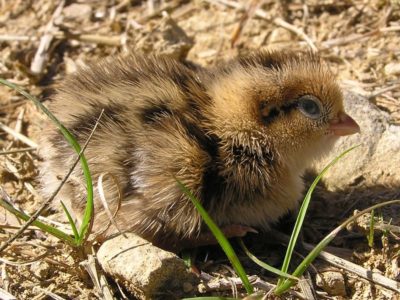
Quail
Inhabits woodland and forest areas worldwide!
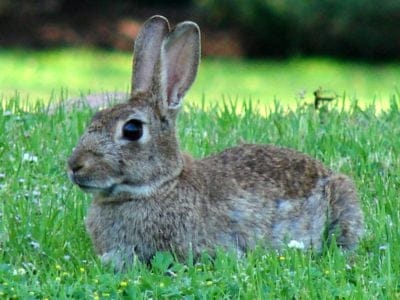
Rabbit
There are more than 300 different species!
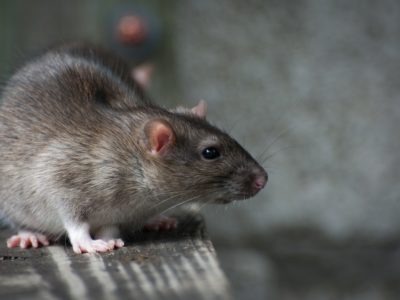
Rat
Omnivores that eat anything!
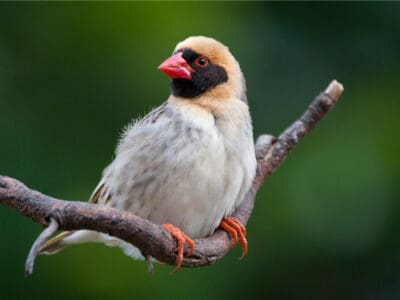
Red-Billed Quelea Bird
Is the most populous bird in the world
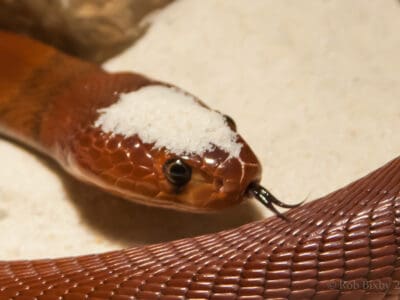
Red Spitting Cobra
Scientists believe that the red spitting cobra evolved from injecting venom to spitting it in response to the constant threat of early humans
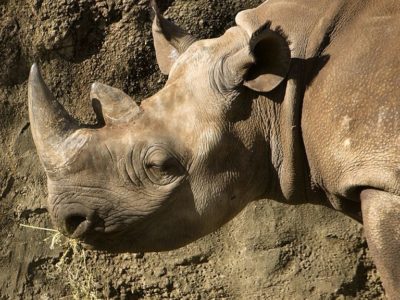
Rhinoceros
It's horns are made from keratin!
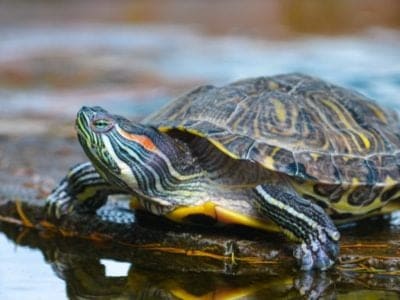
River Turtle
Inhabits freshwater habitats around the world!
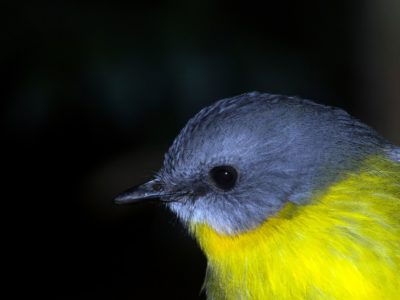
Robin
There are more than 45 species in Australia alone!
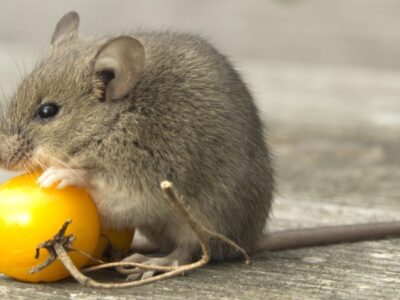
Rodents
The capybara, the world’s largest rodent, likes to be in and around bodies of water. Because of this, the Catholic Church in South America decided that it was a fish, and people were allowed to eat it during Lent and First Fridays.
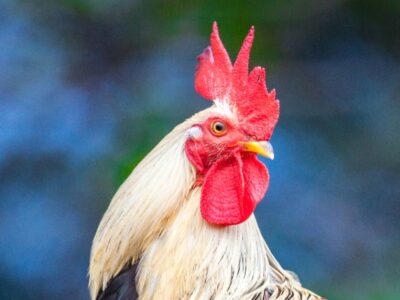
Rooster
Will mate with the entire flock!
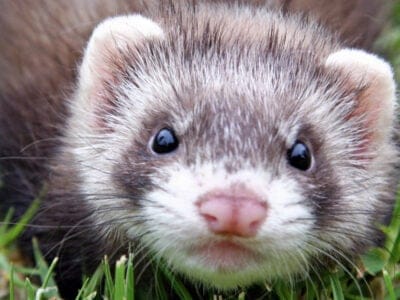
Sable Ferret
Ferrets were used during the Revolutionary War to keep down the rat population.
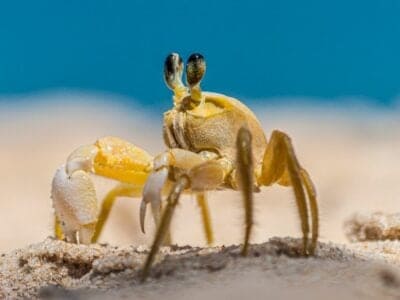
Sand Crab
The sand crab burrows beneath the sand with its tail
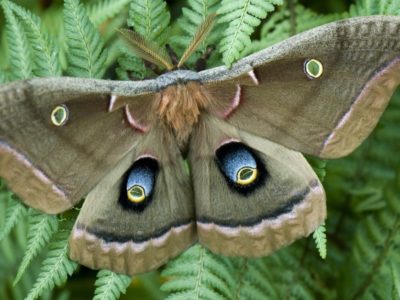
Saturniidae Moth
Some of the largest moths in the world
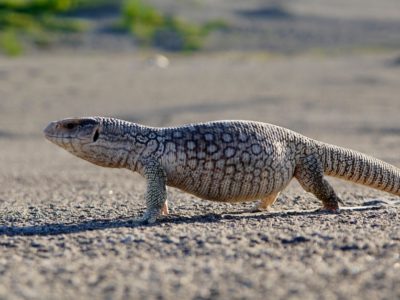
Savannah Monitor
Savannah monitors are one of the most popular lizards in captivity.
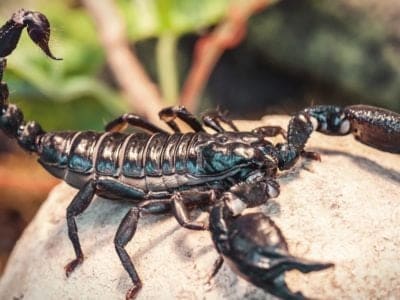
Scorpion
There are around 2,000 known species!
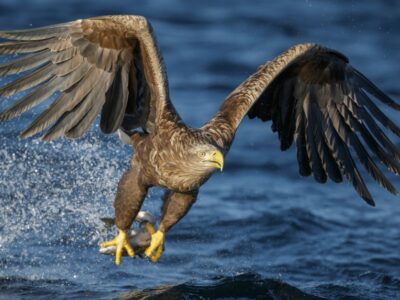
Sea Eagle
The sea eagle tends to mate for life with a single partner
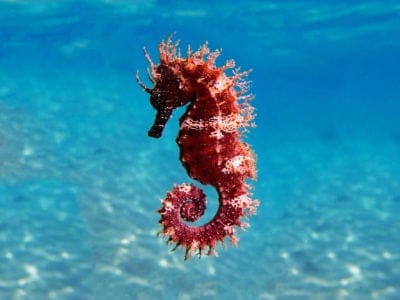
Seahorse
Males give birth to up to 1,000 offspring!
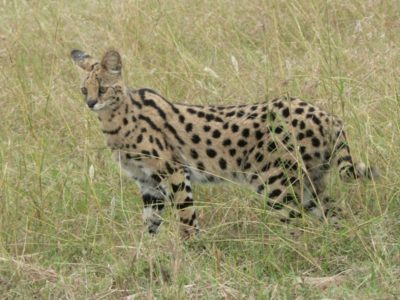
Serval
Can leap more than 1 meter into the air!
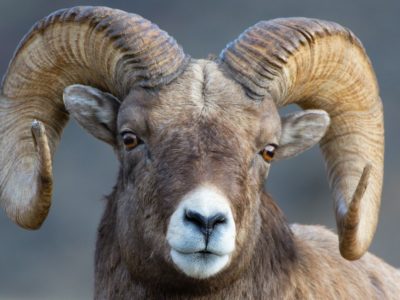
Sheep
Around 35 million in the English countryside!
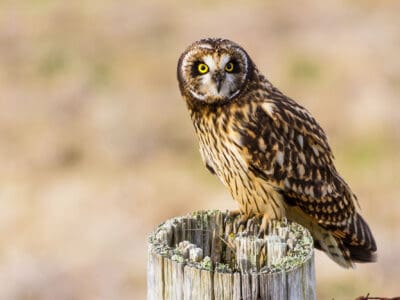
Short-Eared Owl
The short-eared owl is one of the most widespread owl species in the world, covering five continents.
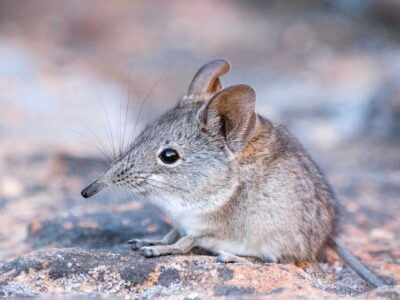
Shrew
The spinal column of the shrew Scutisorex somereni is so strong and reinforced that it can support the weight of an adult human.
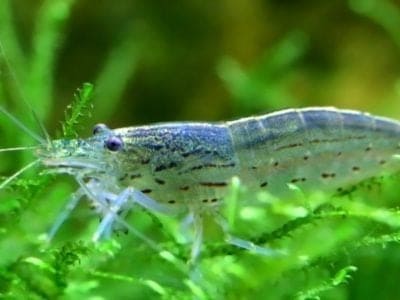
Shrimp
There are 2,000 different species worldwide!
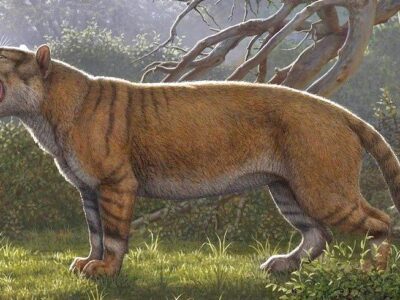
Simbakubwa
Simbakubwa kutokaafrika was as big as a polar bear.
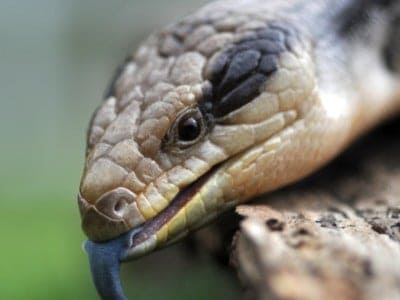
Skink Lizard
Some skinks lay eggs in some habitats while giving birth to skinklets in other habitats.
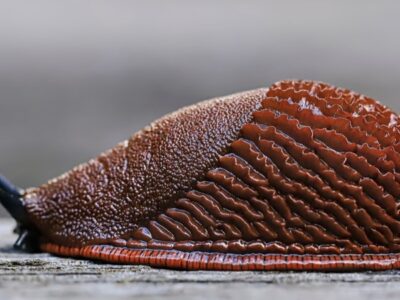
Slug
They glide around on one foot, which is aided by the slime they produce
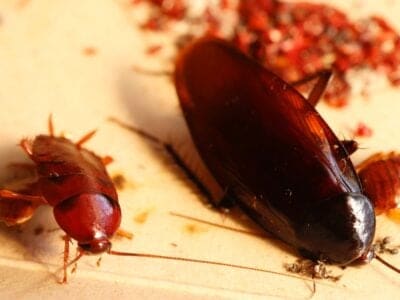
Smokybrown Cockroach
Has up to 45 eggs per egg case
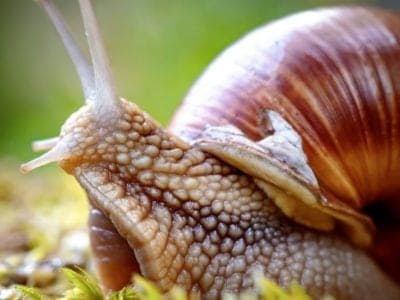
Snail
There are nearly 1,000 different species!
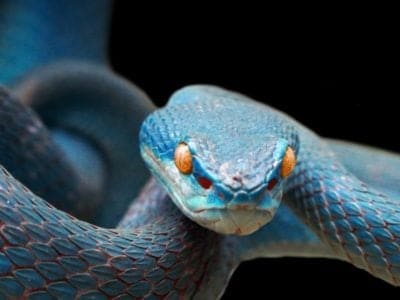
Snake
There are around 4,000 known species worldwide
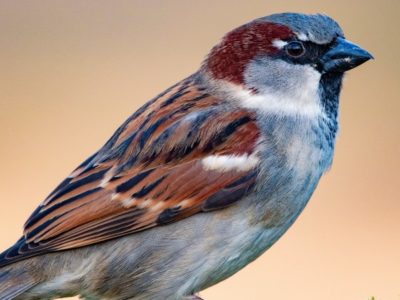
Sparrow
There are 140 different species!
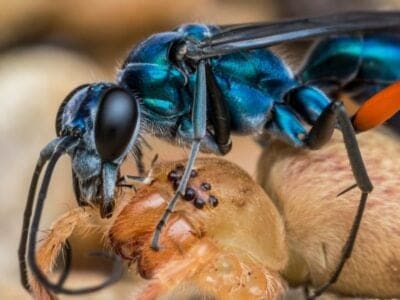
Spider Wasp
They prey on spiders to feed their larvae or they parasitize other spider wasps.
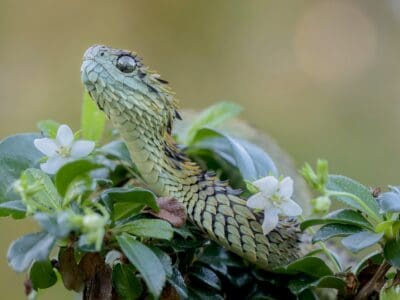
Spiny bush viper
These shaggy snakes are only 2 feet long and mostly arboreal.
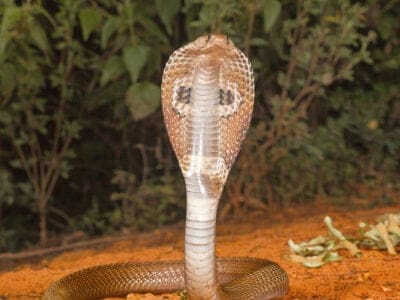
Spitting Cobra
Spitting cobras are types of cobras that can spit venom at predators and prey.
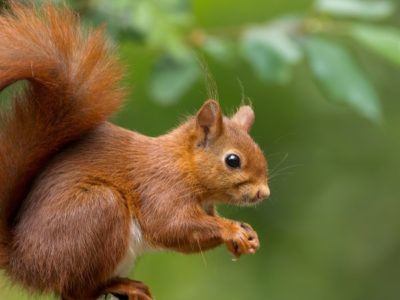
Squirrel
Small rodents found in woodlands worldwide!
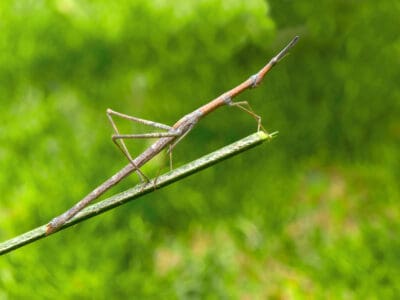
Stick Insect
There are more than 3,000 different species!
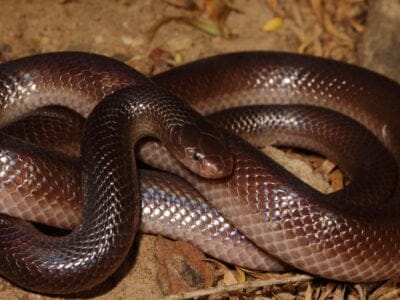
Stiletto Snake
Because of their unique venom delivery system, stiletto snakes are almost impossible to hold safely in the usual way (with fingers behind the head) without being bitten.
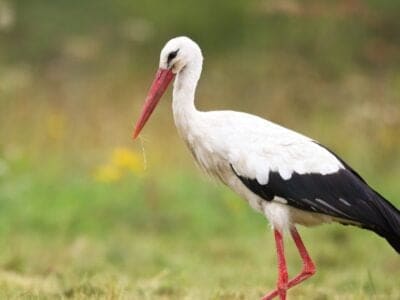
Stork
They can’t sing like other birds.
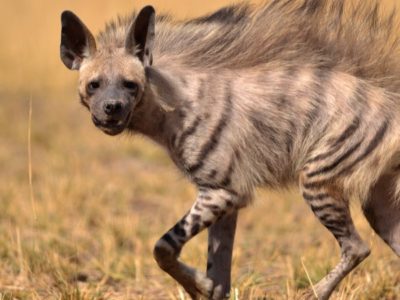
Striped Hyena
The striped hyenas usually mark their territories with the help of the scent gland secretions from their anal pouch.
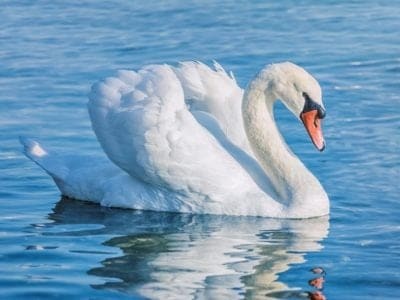
Swan
Populations have been affected by pollution!
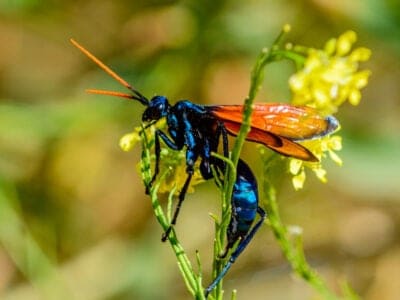
Tarantula Hawk
Tarantula hawks are excellent pollinators, especially for milkweed.
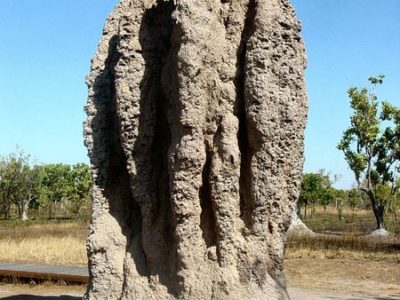
Termite
Their mounds can be up to 9 meters tall!
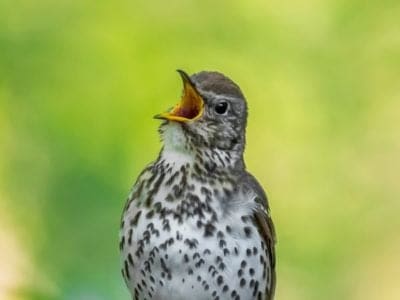
Thrush
The American robin is called the robin because its red breast reminded European settlers of the robin back in the old country.
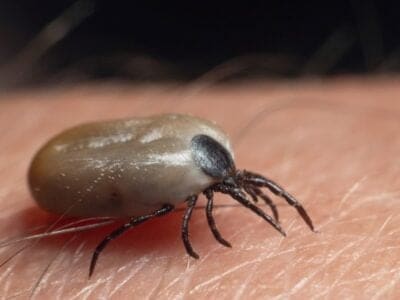
Tick
They inject hosts with a chemical that stops them from feeling the pain of the bite
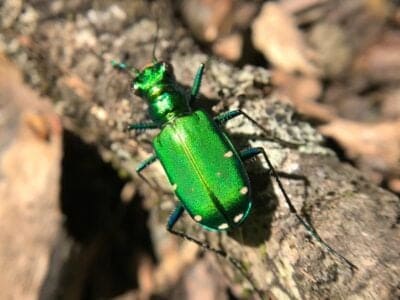
Tiger Beetle
The adult tiger beetle is one of the fastest land insects in the world
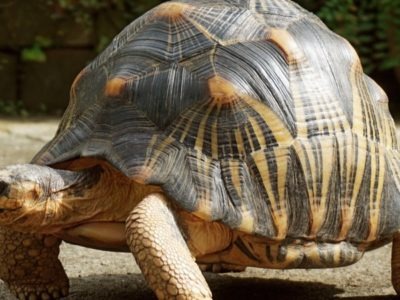
Tortoise
Can live until they are more than 150 years old!
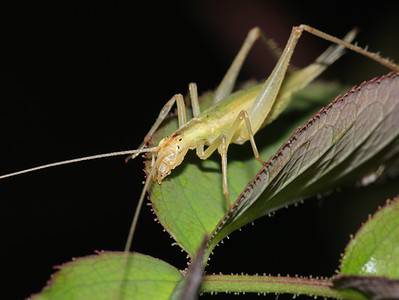
Tree Cricket
They make music with their wings
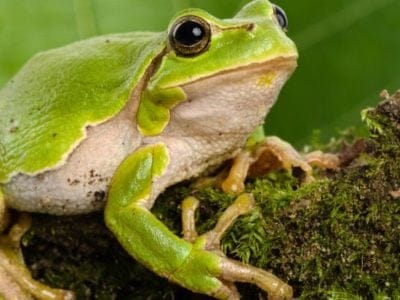
Tree Frog
Found in warmer jungles and forests!
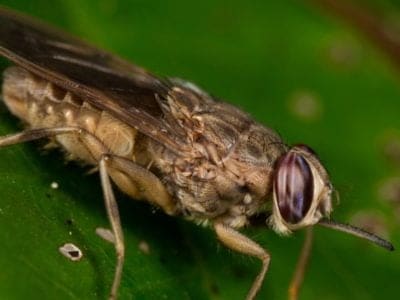
Tsetse Fly
Tsetse flies are large biting flies that live in the tropical regions of Africa.
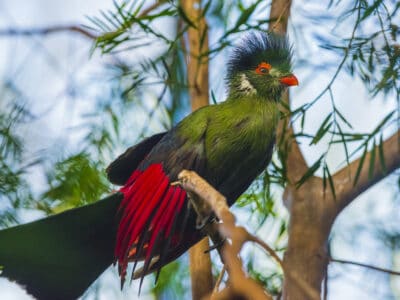
Turaco
Their name means “banana-eater,” but they rarely ever eat bananas.
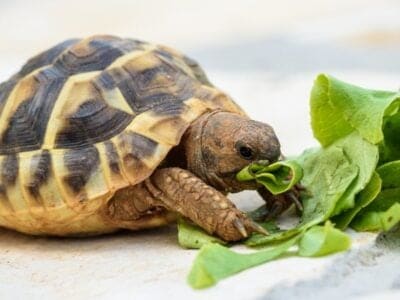
Turtles
Some species of aquatic turtles can get up to 70 percent of their oxygen through their butt.
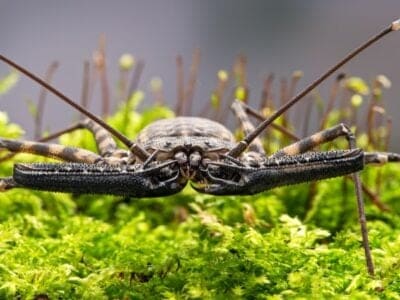
Vinegaroon
Vinegaroons can spray 19 times before the glands are depleted
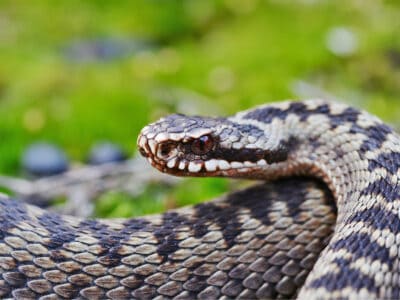
Viper
Vipers are one of the most widespread groups of snakes and inhabit most
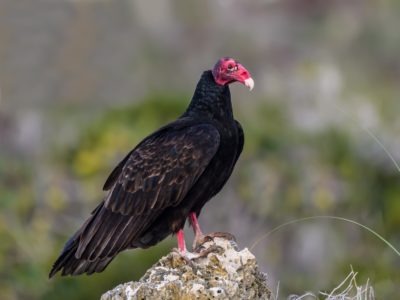
Vulture
There are 30 different species worldwide!
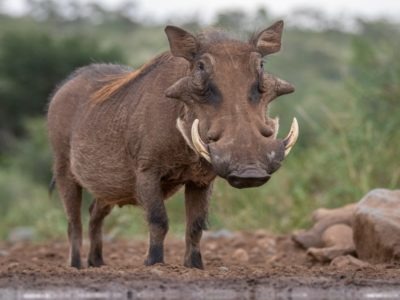
Warthog
Has two sets of tusks on it's face!
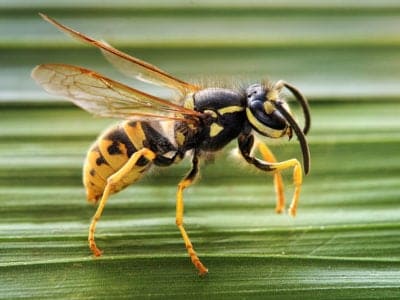
Wasp
There are around 75,000 recognised species!
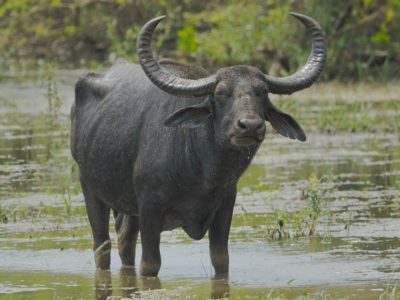
Water Buffalo
Has been domesticated for thousands of years!
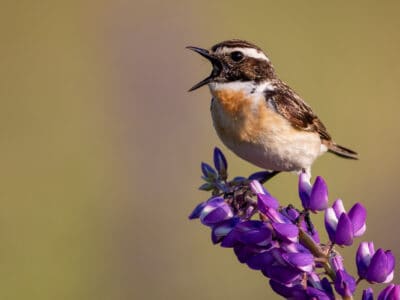
Whinchat
The whinchat can imitate the songs of at least a dozen other tpes of birds!

White Ferret / Albino Ferrets
There are two different types of white ferrets!
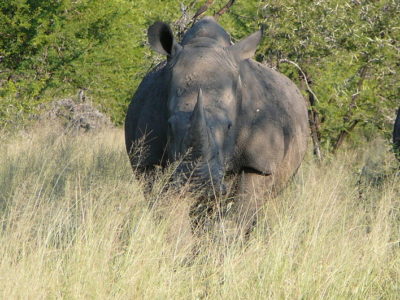
White Rhinoceros
The second largest animal on the land!
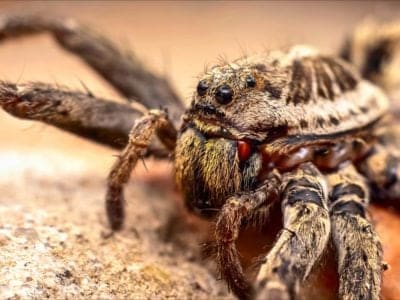
Wolf Spider
Carnivorous arachnid that hunts its prey.
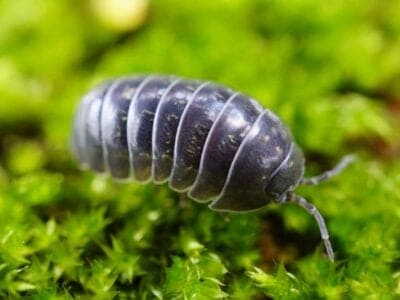
Woodlouse
This animal can roll up into a ball
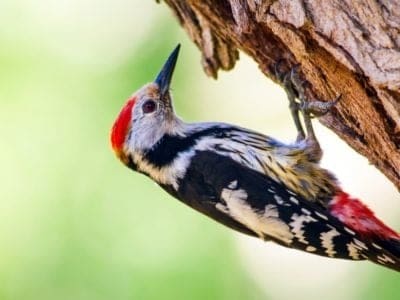
Woodpecker
There are 200 different species!
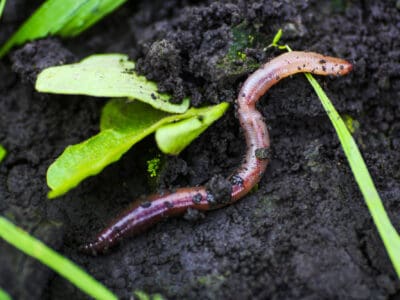
Worm
Doesn’t have eyes.
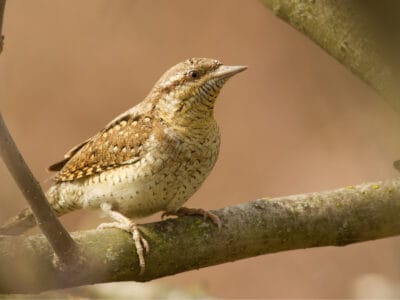
Wryneck
They feign death by making their bodies limp and closing their eyes.
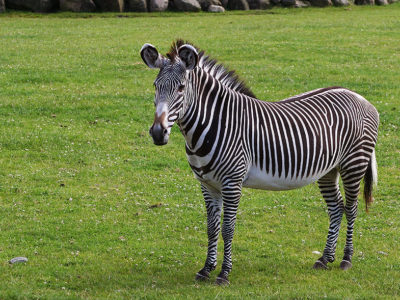
Zebra
Stripe patterns are unique to each individual!
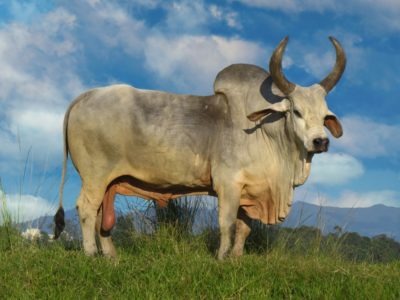
Zebu
There are around 75 different species!
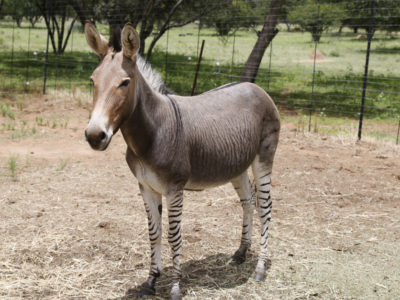
Zonkey
The offspring of Zebra and Donkey parents!
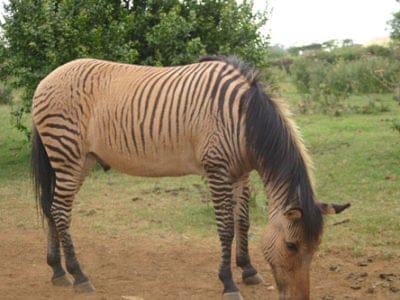
Zorse
The offspring of a Zebra and Horse parents!
Kenyan Animals List
- Aardvark
- Aardwolf
- Abyssinian
- African Bullfrog
- African Bush Elephant
- African Civet
- African Clawed Frog
- African Elephant
- African Fish Eagle
- African Jacana
- African Palm Civet
- African Wild Dog
- Agama Lizard
- American Cockroach
- Ant
- Antelope
- Armyworm
- Baboon
- Banana Spider
- Barb
- Barn Owl
- Barn Swallow
- Bat
- Bat-Eared Fox
- Bed Bugs
- Bee
- Beetle
- Beewolf wasp
- Bichir
- Bird
- Bird Snake
- Biscuit Beetle
- Black Mamba
- Black Rhinoceros
- Black Widow Spider
- Blind Snake
- Boas
- Bongo
- Brahminy Blindsnake
- Brazilian Treehopper
- Brown-banded Cockroach
- Brown Dog Tick
- Buffalo
- Bumblebee
- Bush Baby
- Bush Viper
- Butterfly
- Caecilian
- Caracal
- Carpenter Ant
- Carpet Viper
- Cat
- Caterpillar
- Catfish
- Centipede
- Chameleon
- Cheetah
- Chicken
- Cichlid
- Cockroach
- Codling Moth
- Common Buzzard
- Common Furniture Beetle
- Common House Spider
- Cormorant
- Cosmic Caterpillar
- Cow
- Crab
- Crab Spider
- Crane
- Cricket
- Crocodile
- Crocodylomorph
- Crow
- Cuckoo
- Desert Locust
- Dik-Dik
- Dog
- Dog Tick
- Donkey
- Dormouse
- Dragonfly
- Duck
- Dung Beetle
- Earthworm
- Earwig
- Eastern Green Mamba
- Eel
- Egyptian Cobra (Egyptian Asp)
- Egyptian Goose
- Egyptian Vulture
- Eland
- Electric Catfish
- Elephant
- Elephant Shrew
- Falcon
- False Widow Spider
- Fiddler Crab
- Fire Ball Python
- Firefly
- Flamingo
- Flea
- Fly
- Fox
- Frog
- Fruit Bat
- Fruit Fly
- Fulvous Whistling Duck
- Gaboon Viper
- Gadwall
- Gazelle
- Gecko
- Gerbil
- German Cockroach
- Giant Trevally
- Giraffe
- Glass Lizard
- Glowworm
- Gnat
- Goat
- Golden Oriole
- Grasshopper
- Green Bee-Eater
- Green Mamba
- Guinea Fowl
- Gypsy Moth
- Hamster
- Hare
- Hawk Moth Caterpillar
- Hedgehog
- Heron
- Hippopotamus
- Honey Badger
- Honey Bee
- Hoopoe
- Horse
- Horsefly
- Housefly
- Human
- Huntsman Spider
- Hyena
- Ibis
- Impala
- Insects
- Jacana
- Jackal
- Jackson’s Chameleon
- Jumping Spider
- Kenyan Sand Boa
- Kingfisher
- Klipspringer
- Kori Bustard
- Kudu
- Ladybug
- Lappet-faced Vulture
- Leech
- Leopard
- Leopard Tortoise
- Lesser Jacana
- Liger
- Lion
- Lizard
- Locust
- Maggot
- Magpie
- Marabou Stork
- Mayfly
- Mealybug
- Millipede
- Mole
- Mongoose
- Mongrel
- Monitor Lizard
- Monkey
- Moorhen
- Mosquito
- Moth
- Mouse
- Mule
- Naked Mole Rat
- Nematode
- Nightingale
- Nile Crocodile
- Nile Monitor
- Nile Perch
- No See Ums
- Northern Pintail
- Nutria
- Olive Baboon
- Orange Baboon Tarantula
- Orb Weaver
- Oribi
- Osprey
- Ostrich
- Otter
- Owl
- Pangolin
- Parrot
- Peregrine Falcon
- Pheasant
- Pigeon
- Pompano Fish
- Praying Mantis
- Puff Adder
- Quail
- Rabbit
- Rat
- Red-Billed Quelea Bird
- Red Spitting Cobra
- Rhinoceros
- River Turtle
- Robin
- Rodents
- Rooster
- Sable Ferret
- Sand Crab
- Saturniidae Moth
- Savannah Monitor
- Scorpion
- Sea Eagle
- Seahorse
- Serval
- Sheep
- Short-Eared Owl
- Shrew
- Shrimp
- Simbakubwa
- Skink Lizard
- Slug
- Smokybrown Cockroach
- Snail
- Snake
- Sparrow
- Spider Wasp
- Spiny bush viper
- Spitting Cobra
- Squirrel
- Stick Insect
- Stiletto Snake
- Stork
- Striped Hyena
- Swallowtail Butterfly
- Swan
- Tarantula Hawk
- Termite
- Thrush
- Tick
- Tiger Beetle
- Tortoise
- Tree Cricket
- Tree Frog
- Tsetse Fly
- Turaco
- Turtles
- Vinegaroon
- Viper
- Vulture
- Warthog
- Wasp
- Water Buffalo
- Whinchat
- White Ferret / Albino Ferrets
- White Rhinoceros
- Wolf Spider
- Woodlouse
- Woodpecker
- Worm
- Wryneck
- Zebra
- Zebu
- Zonkey
- Zorse
Animals in Kenya: A Complete Guide to Kenyan Wildlife FAQs (Frequently Asked Questions)
What animals are found in Kenya?
Among the many, many creatures found in Kenya are the lion, the leopard, and the cheetah, the black and white rhinoceros, giraffes, antelopes that range in size from the huge eland to the tiny duiker, elephants, and Cape buffalo. Others include hippopotamus, warthogs, spotted hyenas and wild dogs. Birds include flamingos, cranes, lemon doves, grebes, bustards, and turacos. Reptiles include chameleons, grass lizards, blind snakes, skinks, agamas, and geckos. There are also black and green mambas, turtles, and tortoises, some of which are endangered. There are tree frogs and grass frogs and clawed frogs.
Insects besides mosquitos include spiders, including the two-tailed spider, stone flies, earwigs, dragonflies and termites, crickets, katydids and praying mantises. Butterflies and moths include skippers, commodores, brush-footed butterflies and blues.
Kenya also has a wealth of freshwater fish. These include the Nile perch, tilapia, tiger fish, the Ripon barbel, the ningu, the common carp, and the African catfish. They are found in bodies of water such as River Nzoia, River Kuja, the Tana River, Lake Kenyatta, Lake Jipe, and Lake Turkana, the largest lake that’s entirely inside Kenya.
There is also abundant marine life in the Indian Ocean off Kenya. They include sharks, whales, dolphins, rays, turtles, corals, and marine mollusks such as clams and oysters.
How many animals are left in Kenya?
Because Kenya is dedicated to conserving its unique wildlife, there are many species of animals that are still left in Kenya. At last count, there were 25,000 species of animals, which translates into millions of individuals.
What is the Kenyan national animal?
The male East African lion is the Kenyan national animal.
What animals can you see on safari in Kenya?
Animals that can be seen on safari in Kenya include The Big Five, which means prides of lions, herds of elephants and Cape buffalo, solitary leopards, and rhinoceros. Other animals include hippopotamus, wildebeest, zebras, antelope such as eland and impala, warthogs, wild dogs, and hyenas. These animals can be seen in Amboseli Park, Meru National Park, Samburu National Reserve, Maasai Mara, Kora National Park, and others.



